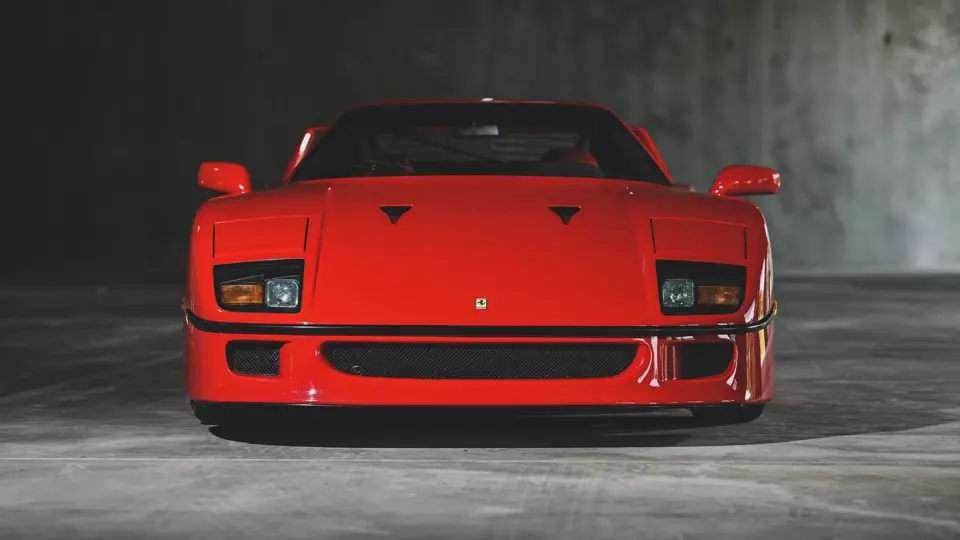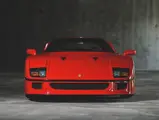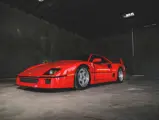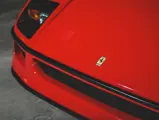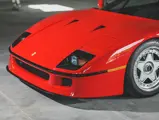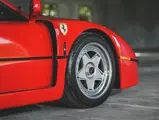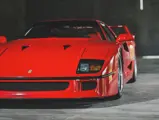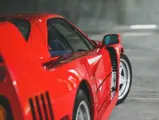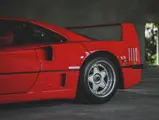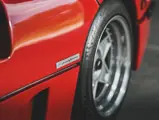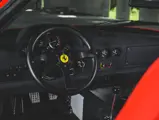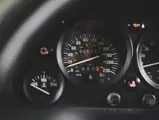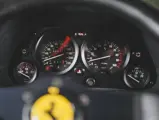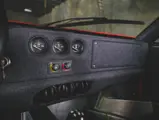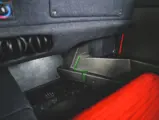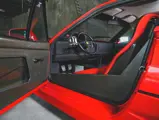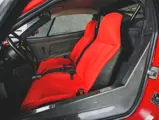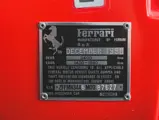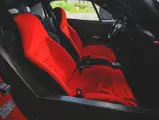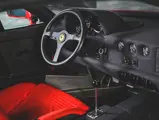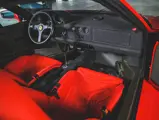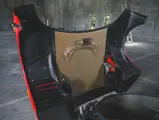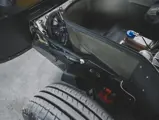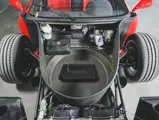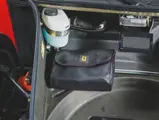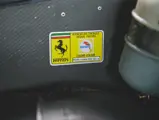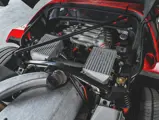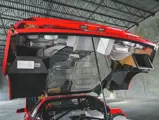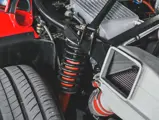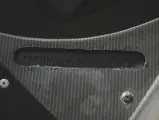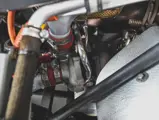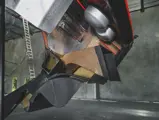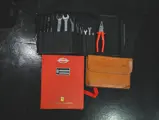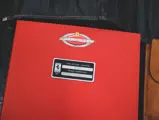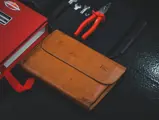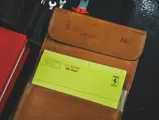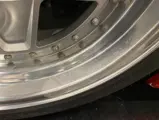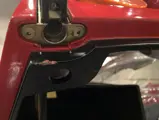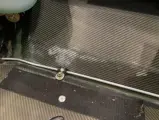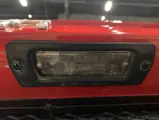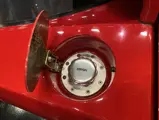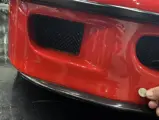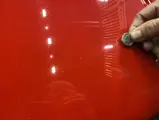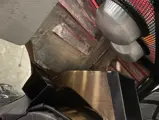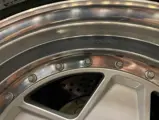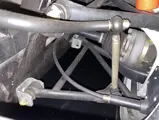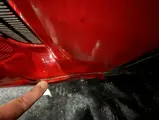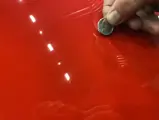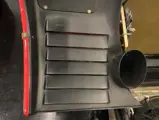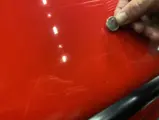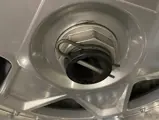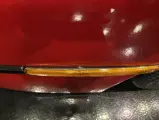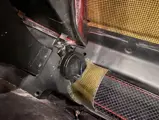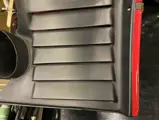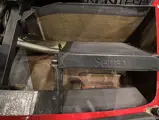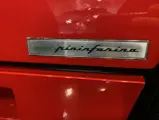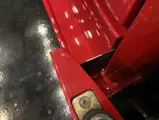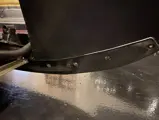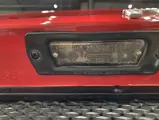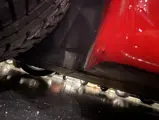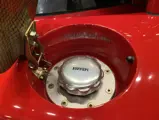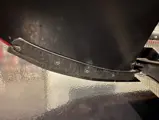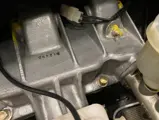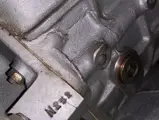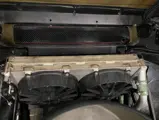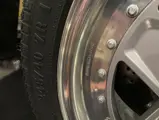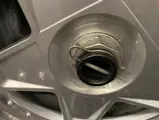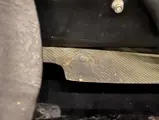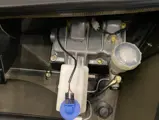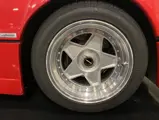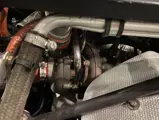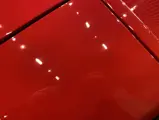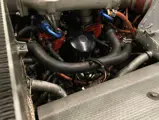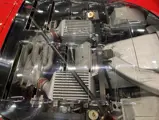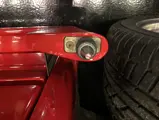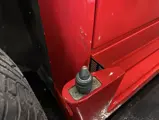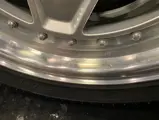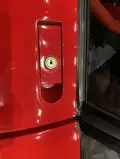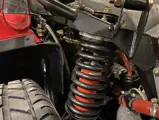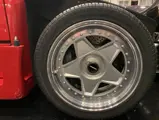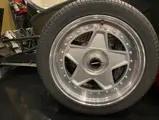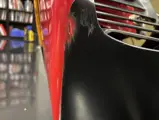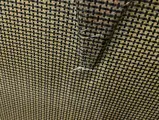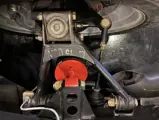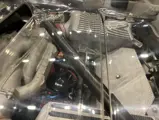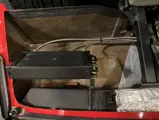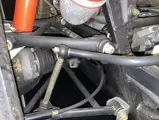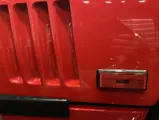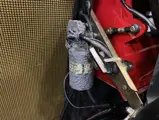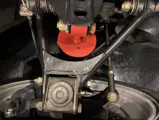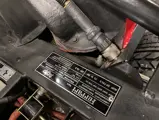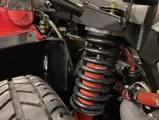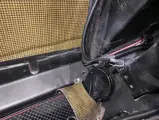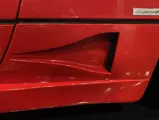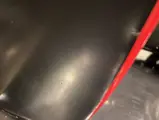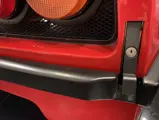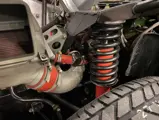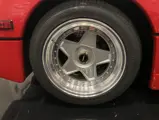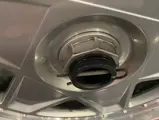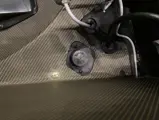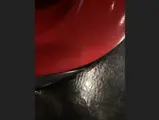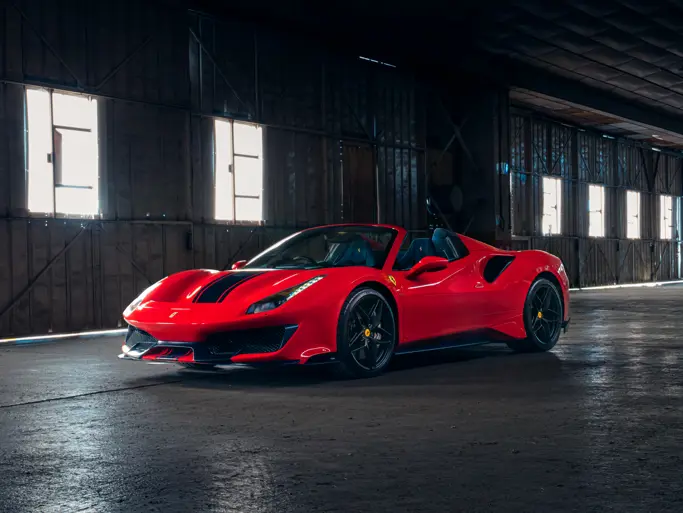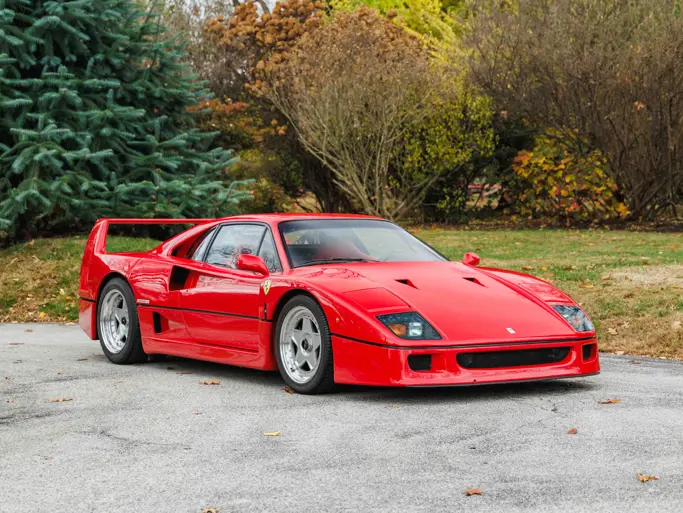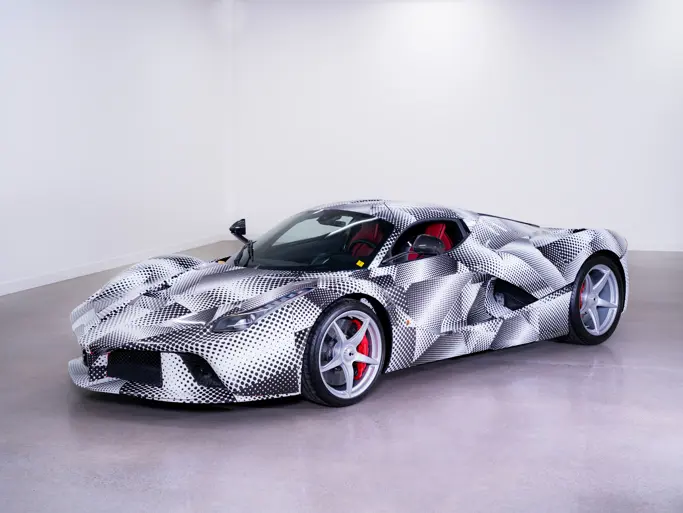
1991 Ferrari F40
{{lr.item.text}}
$1,386,000 USD | Sold
{{bidding.lot.reserveStatusFormatted}}
- One of 213 cars delivered to the United States
- Low mileage example currently displaying 6,407 miles
- Certified by Ferrari Classiche as a matching-numbers car retaining all of its major original factory components
- Documented with histories by Marcel Massini and Rosso Corsa Consulting
- Recently serviced for ideal mechanical condition
- Accompanied by owner’s manuals, tools, and Ferrari Classiche Red Book
- A beautifully presented example of Ferrari’s most celebrated commemorative hypercar
While anniversary supercars and commemorative models have grown to be a steady niche within Ferrari production, one model looms larger than all others in terms of importance and sheer gravity: the F40. In addition to being the first of Maranello’s special anniversary models, the F40 claims the important distinction of being the final Ferrari supercar built under the supervision of the celebrated maestro himself, Enzo Ferrari.
A testament to its era in both aesthetic appearance and build specifications, the F40 was devised as a lightweight race-capable speed machine with minimal frills, a potential competitor to Porsche’s 959 that approached that elevated platform from an entirely different philosophical direction.
The F40 began life as an evolution of the twin-turbo V-8 powered 288 GTO, itself an extension of the highly developed 308 model line. With the proposal of new dual-use supercars from Stuttgart and Coventry, Maranello was poised to join the FIA’s Group B 4-liter class with a more evolved 288 GTO. But after only a handful of 288 Evoluzione examples were built and tested the racing series was cancelled, so Ferrari opted to use the mule as the basis for a proposed new 40th anniversary model.
The 288’s twin-turbocharged V-8 was bored to displace 2,936 cubic centimeters and fitted with twin IHI turbochargers and Behr intercoolers, developing a stout 478 hp and 425 pound-feet of torque. This powerful new mill was dropped into a race-developed tubular space-frame chassis equipped with four-wheel double-wishbone independent suspension (including Koni coil-over shock absorbers), and four-caliper ventilated disc brakes. Pininfarina’s celebrated stylist Leonardo Fioravanti, whose stellar resume included the coachwork for the 365 GTB/4 Daytona, penned an angular new body with a massive spoiler wing that was a consummate study in 1980s wedge angularity. The design was honed at length in Pininfarina’s wind tunnel, eventually incorporating a host of NACA ducts throughout its brilliant surfacing.
In the tradition of race car construction, great effort was taken to minimize weight. The coachwork was formed from a lightweight weave of Kevlar and carbon fiber that reduced curb weight substantially compared to the 288, all while tripling structural rigidity. Reduction of mass also extended to the interior, which featured cloth upholstered plastic-composite racing seats, pull-strap door releases, drilled pedals, and sliding Perspex windows in the early cars (roll-up windows, like those fitted to this car, were eventually incorporated).
The composite result of such careful engineering was a visually arresting new supercar that delivered performance to match, with the F40 hitting 60 mph from standstill in just 3.8 seconds en route to a top speed of 201 mph. Following the model’s introduction at the 1987 Frankfurt Motor Show customer demand skyrocketed. Maranello quickly extended production beyond the initially planned 400 examples, eventually building 1,315 cars worldwide—of which just 213 examples were specified for the United States. Arriving in 1990, the American cars were even more developed, featuring standard-equipped air conditioning and catalytic converters.
The F40 was an instant collectible, and many examples to this day have experienced more show and display time than actual driving use. Despite its relatively high production and period styling, the model continues to occupy an echelon above successors such as the F50 and the Enzo because of its identity as the original Ferrari commemorative model, and the most race-engineered of them all. In this respect the F40 may be considered the Maranello hypercar that most quintessentially embodies the factory’s original build values, earning the prodigious speed machine a special place in the hearts of Ferrari enthusiasts worldwide.
Claiming very minimal driving use while being fastidiously maintained, this beautifully presented F40 is one of the lowest-mileage examples offered in recent memory. According to the combined records of marque expert Marcel Massini and Ferrari Classiche, chassis no. 87627 was built during December 1990, finished in the standard color combination of Rosso Corsa paint over an interior of Rosso Stoffa Vigogna (red vicuna cloth) upholstery. This car is one of the 213 examples specified for the United States, and it was delivered new for retail in March 1991 to the well-known Foreign Cars Italia of Greensboro, North Carolina.
Purchased by the end of 1991, the F40 was re-offered by Foreign Cars Italia on behalf of the first owner in 1994 after accruing 1,656 miles. By 1995 the Ferrari was acquired by collector Dean Becker of Illinois, the founder of an eponymous beeper company. Within the care of his collection, the F40 enjoyed the company of numerous other important late-model Ferraris, including a 288 GTO and an F50, as well as one of the marque’s earliest important racecars, a 166 Spyder Corsa built from chassis no. 01C (one of the very first Ferraris produced, in fact).
In 2000 the F40 was sold to the head of sales for an internet-based company. In 2004 the F40 participated in the Ferrari Challenge Rallies, and by 2008 it had accumulated approximately 4,000 miles.
Under his supervision the car has continued to receive doting care as needed, including a recent round of maintenance in preparation for the current offering. In February 2011 the Ferrari was displayed at the regionally known Cars on 5th in Naples, Florida, and seven months later it was the recipient of a Ferrari Classiche Red Book that attests to the continued presence of all the original major components, including the factory-fitted engine, gearbox, and coachwork.
Currently displaying 6,407 miles, this minimally driven F40 is accompanied by proper owner’s manuals in the correct leather pouch, a warranty booklet, and tool roll; and it is documented with histories by Marcel Massini and Rosso Corsa Consulting, as well as the desirable Ferrari Classiche Red Book attesting to the car’s complete originality. The venerable anniversary model would make a fabulous entrant to supercar displays, Sunday cars & coffee meetings, or regional FCA gatherings. Or it may be cherished and admired within the confines of a private collection, as one of the most powerful and thoughtfully conceived speed machines ever to emerge from Maranello’s legendary factory.

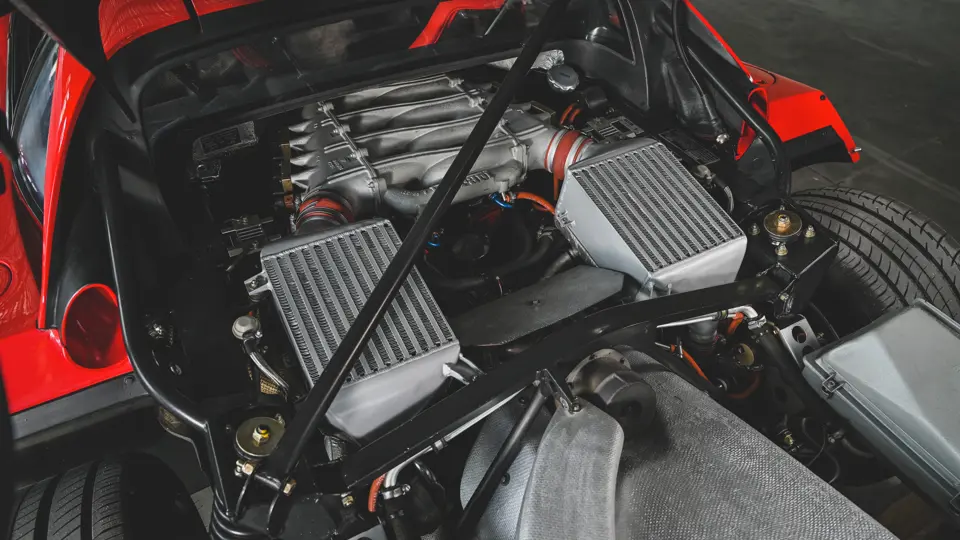
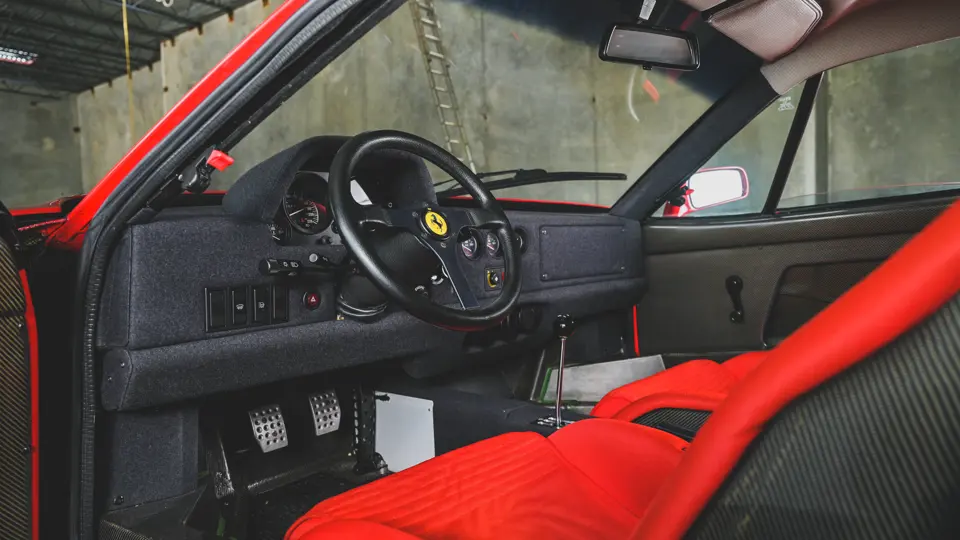



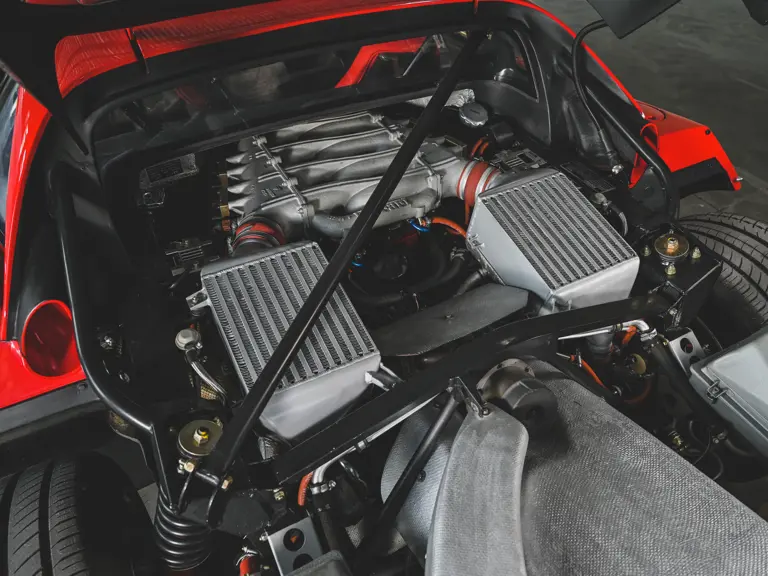
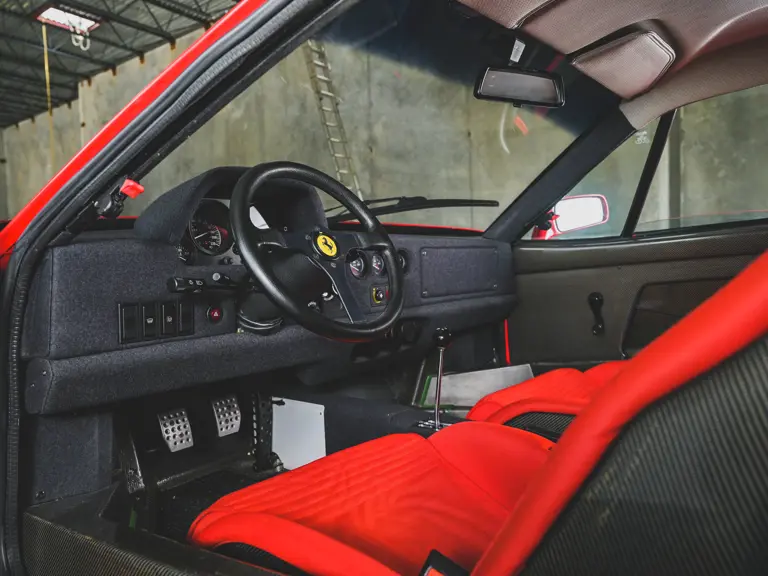
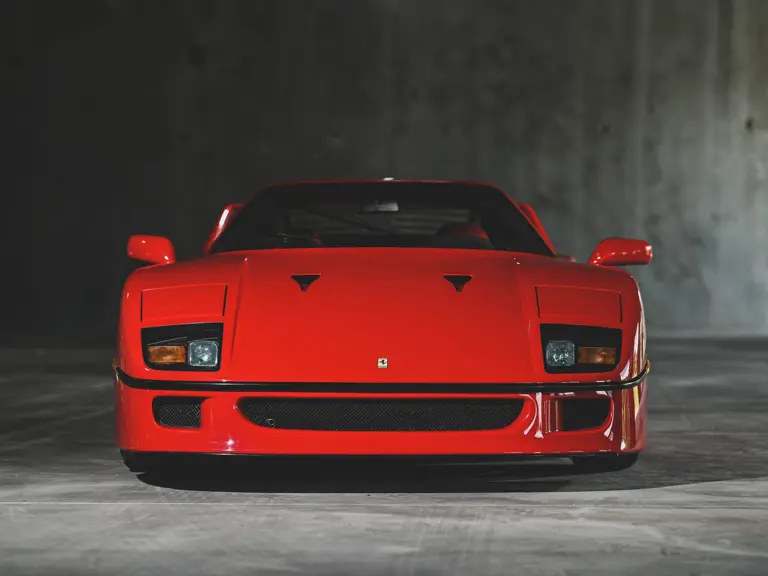



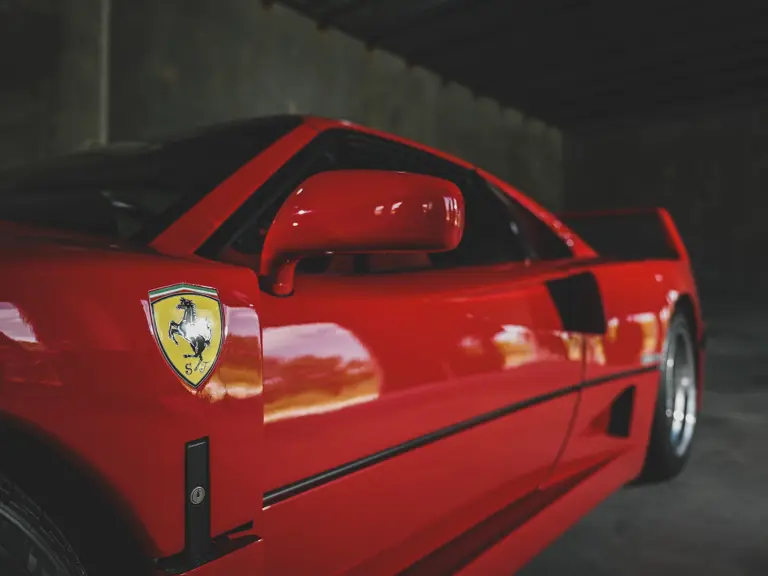
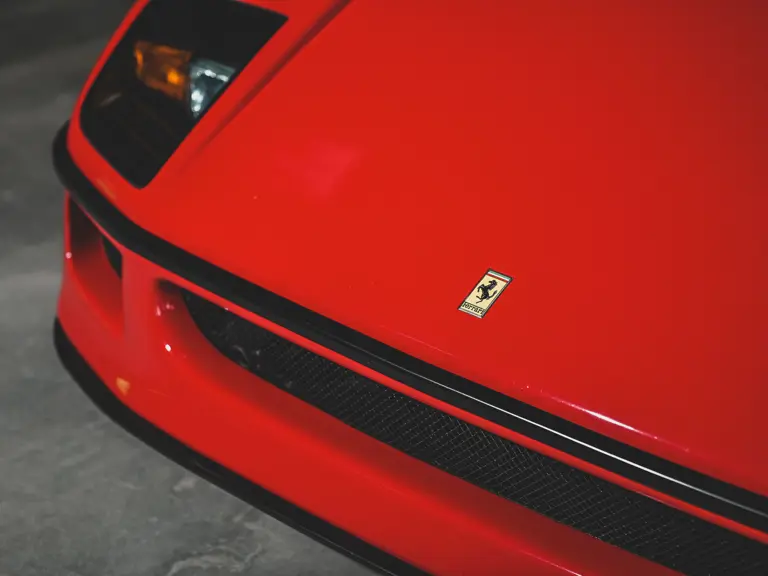

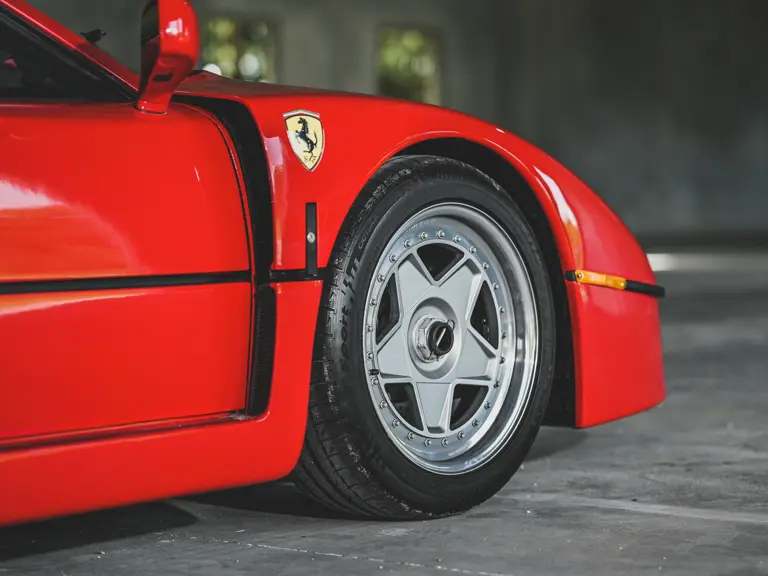
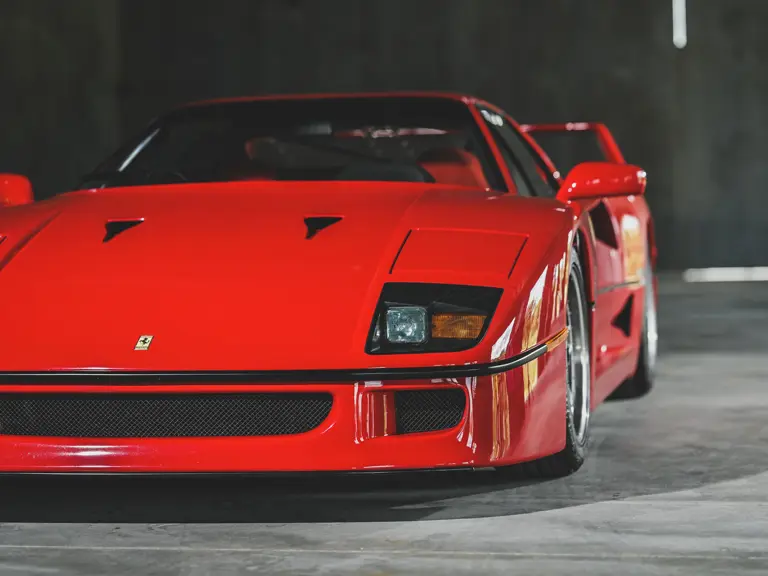
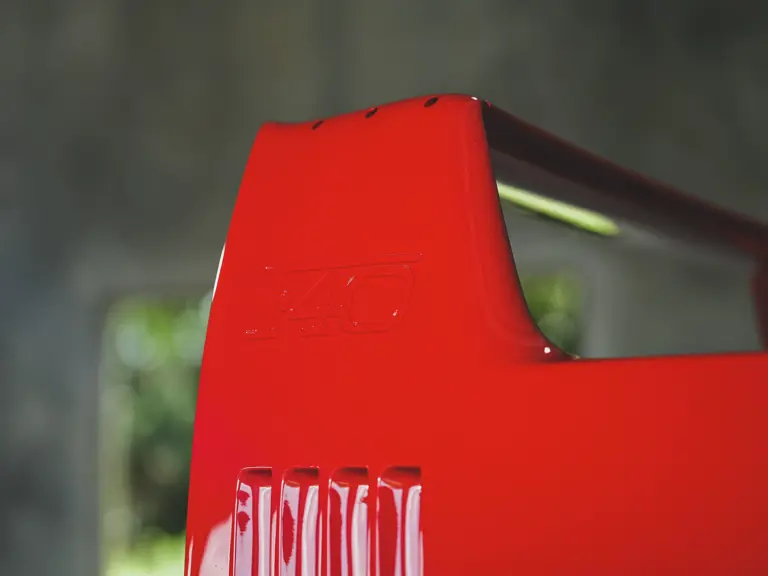

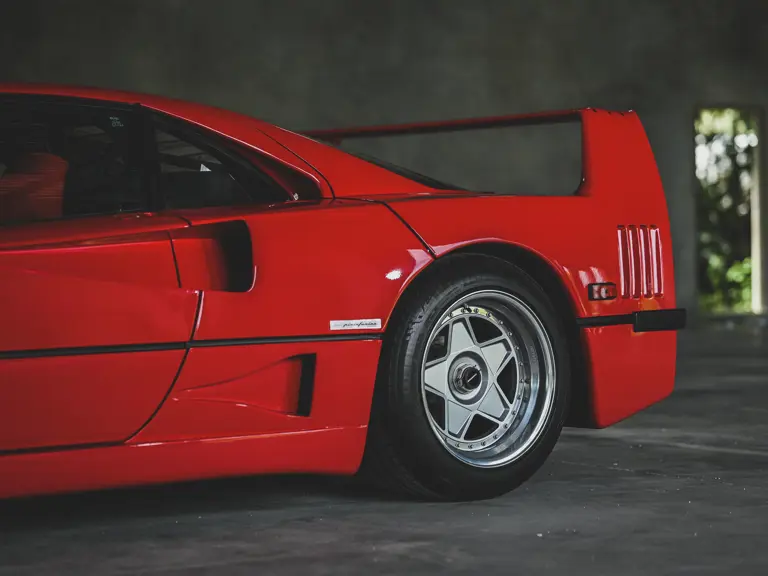
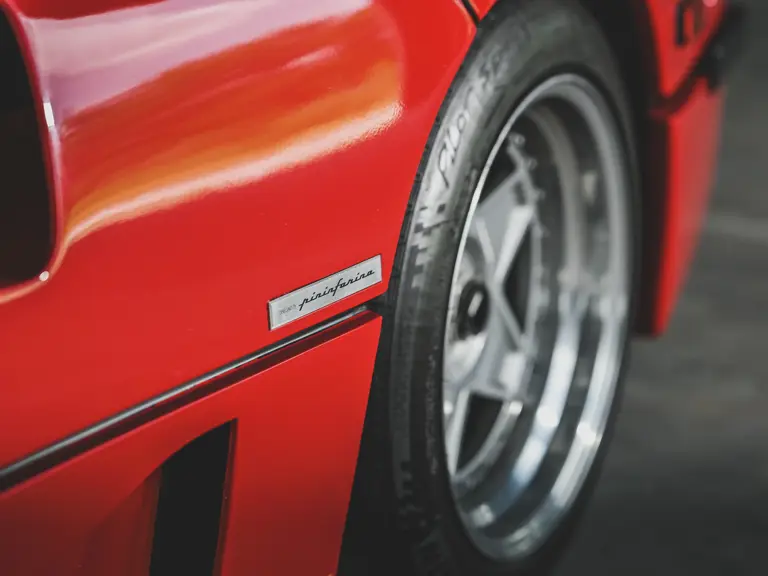
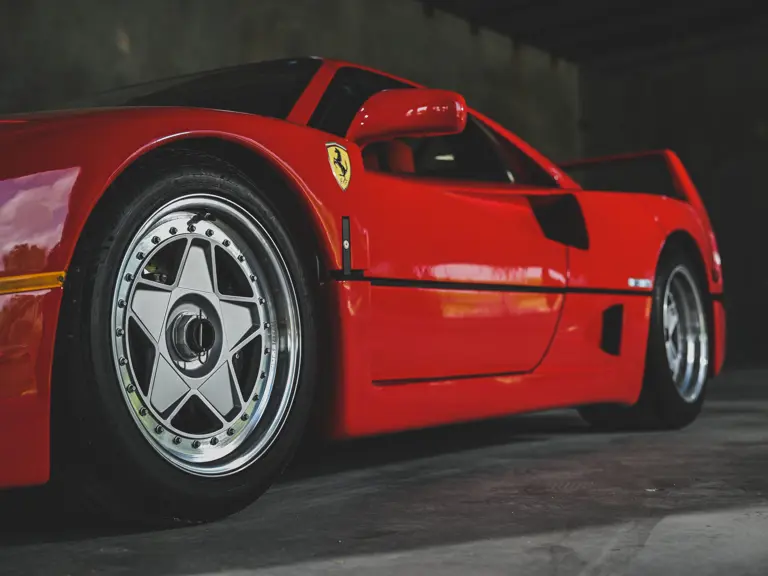

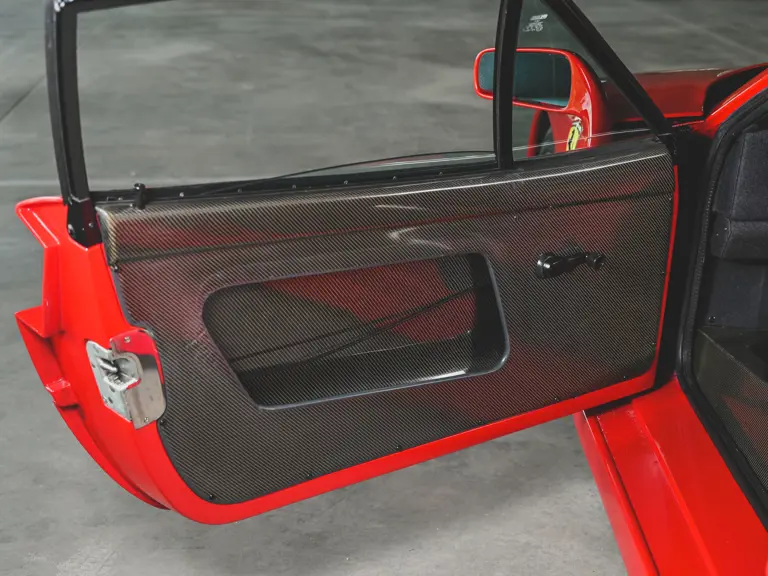

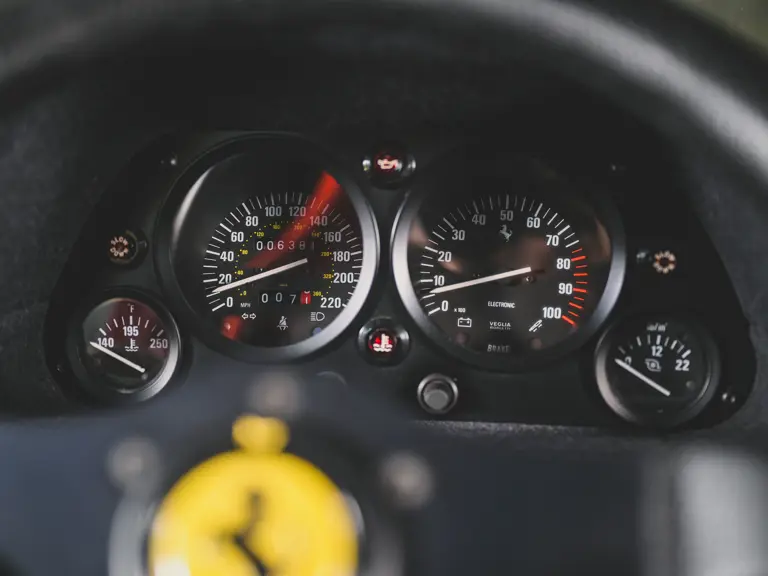

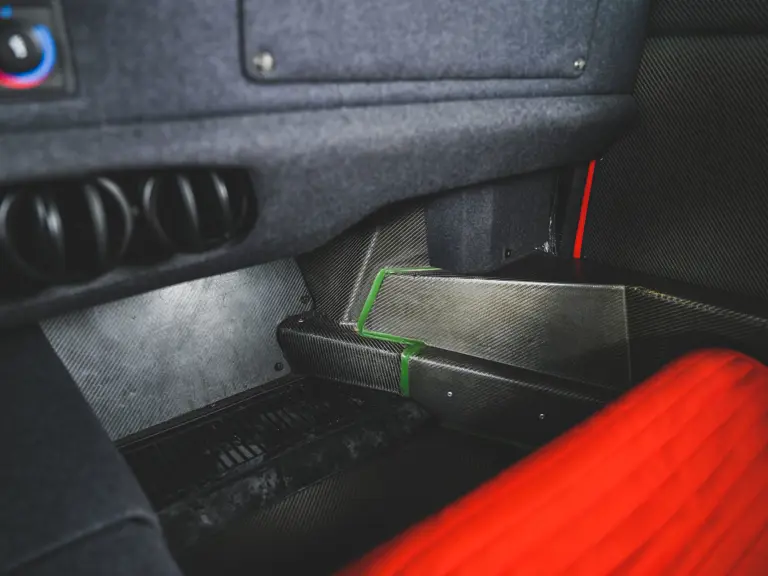
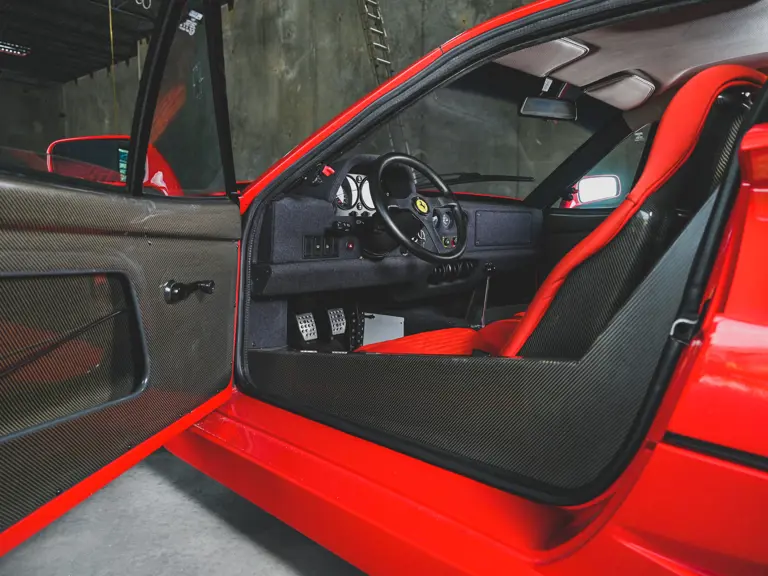

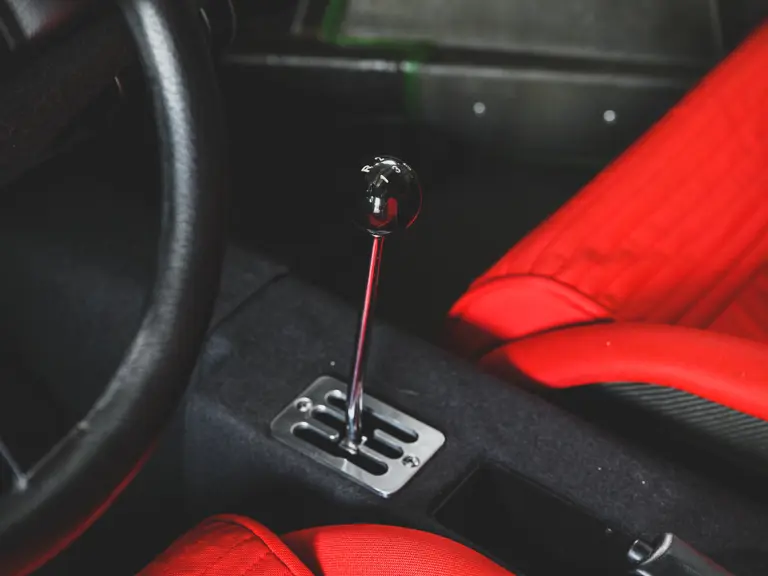
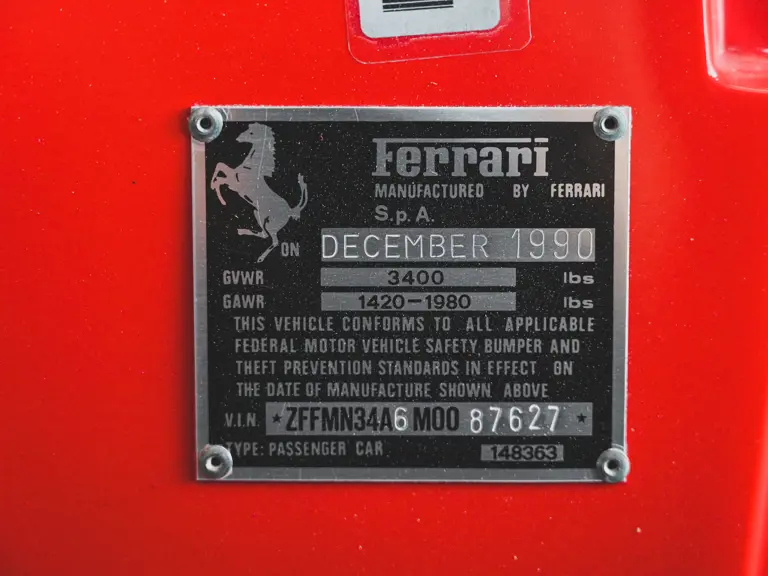
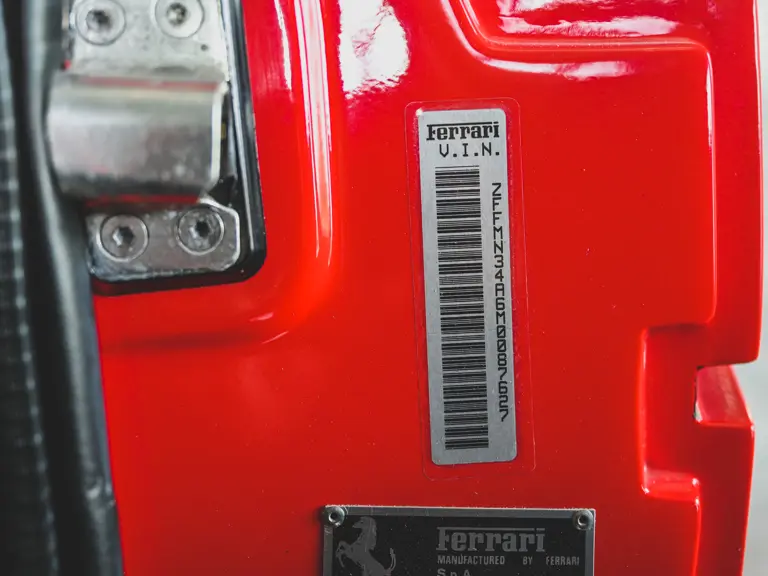
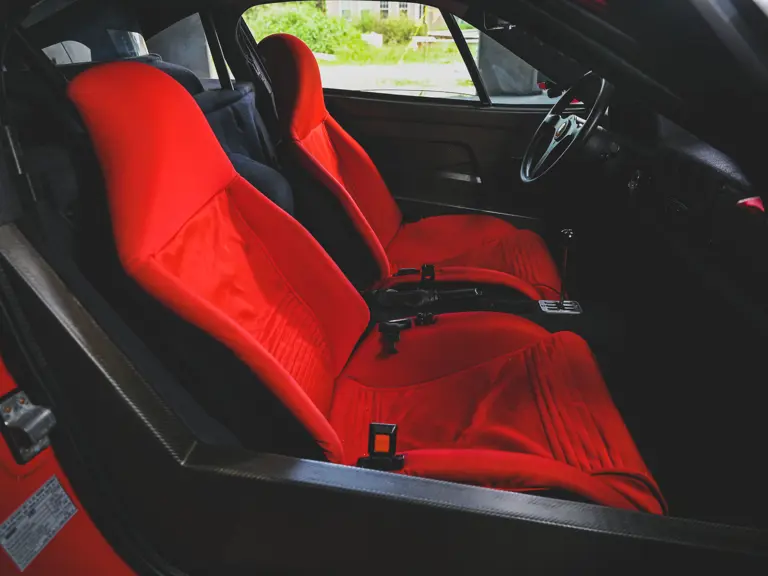
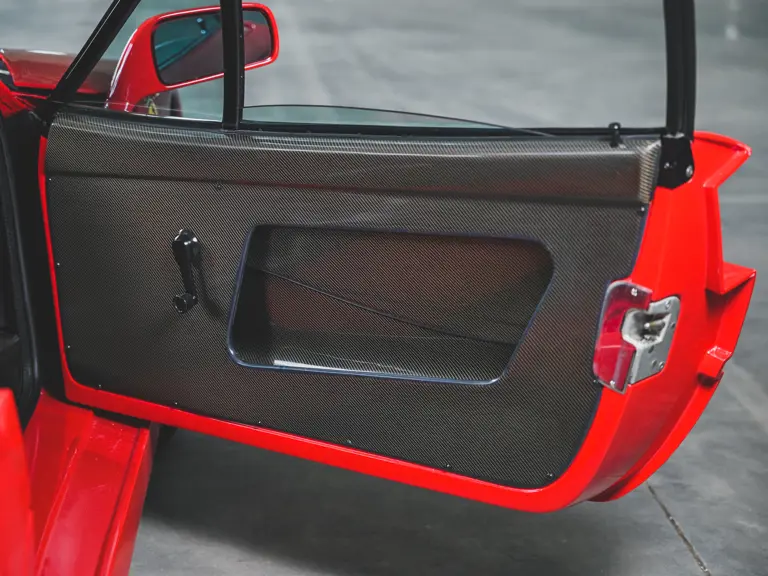
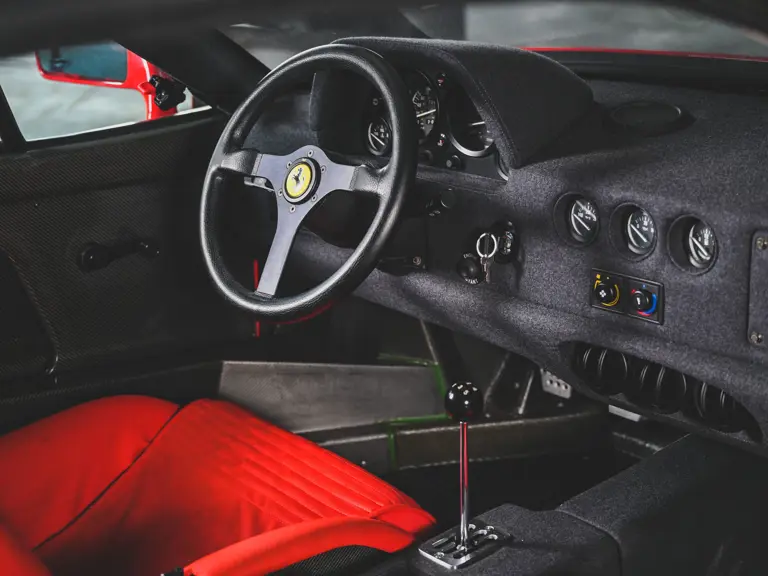
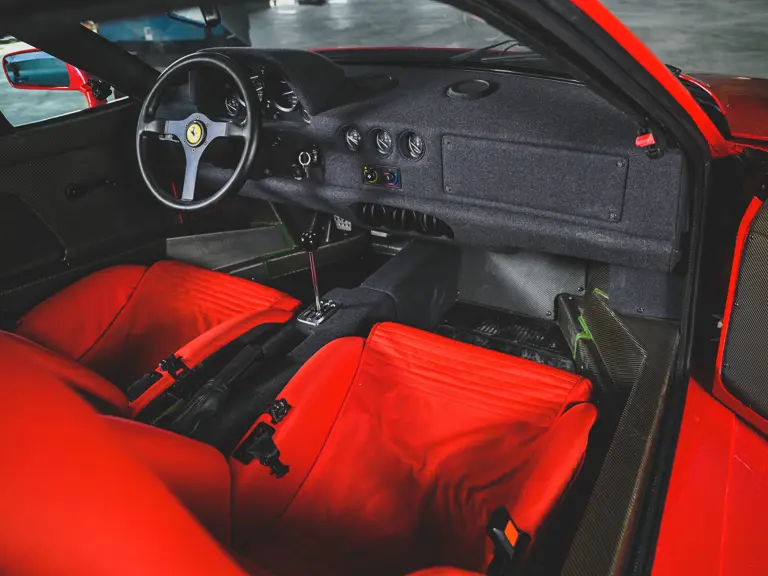

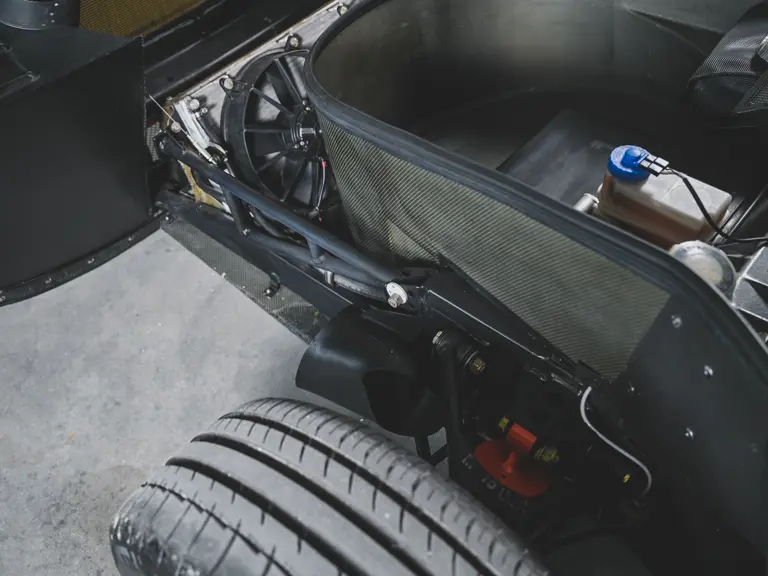
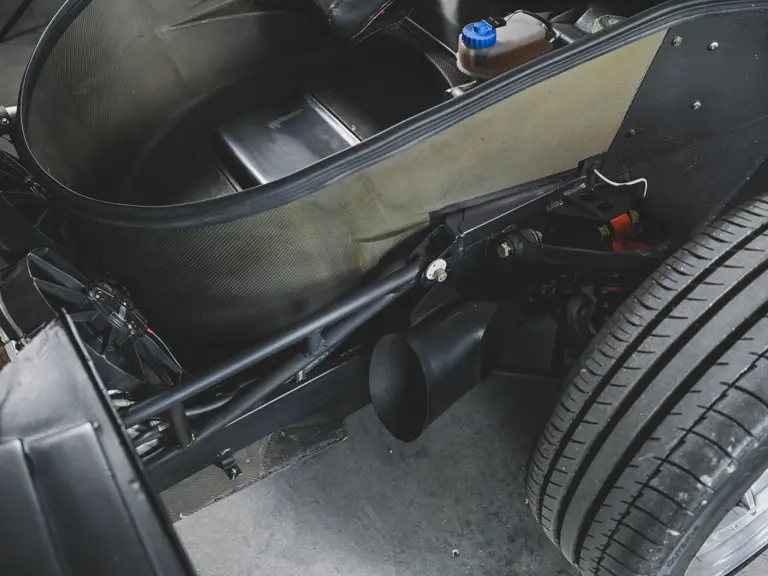
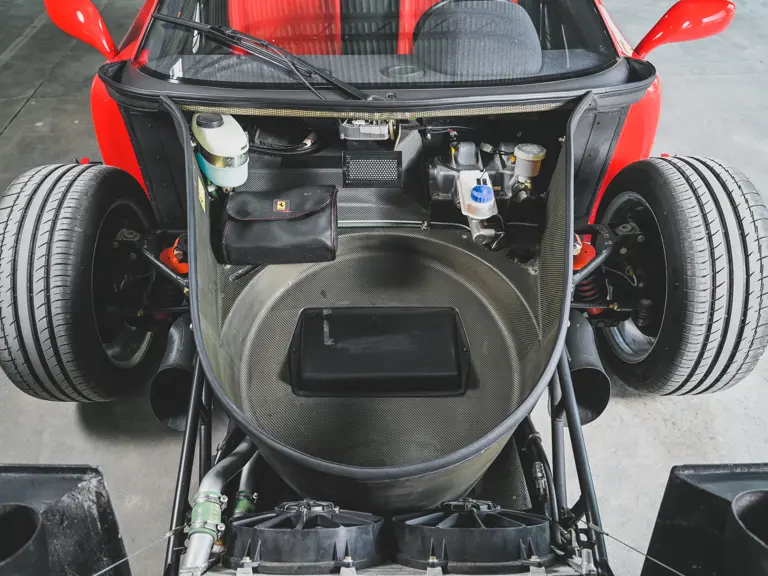
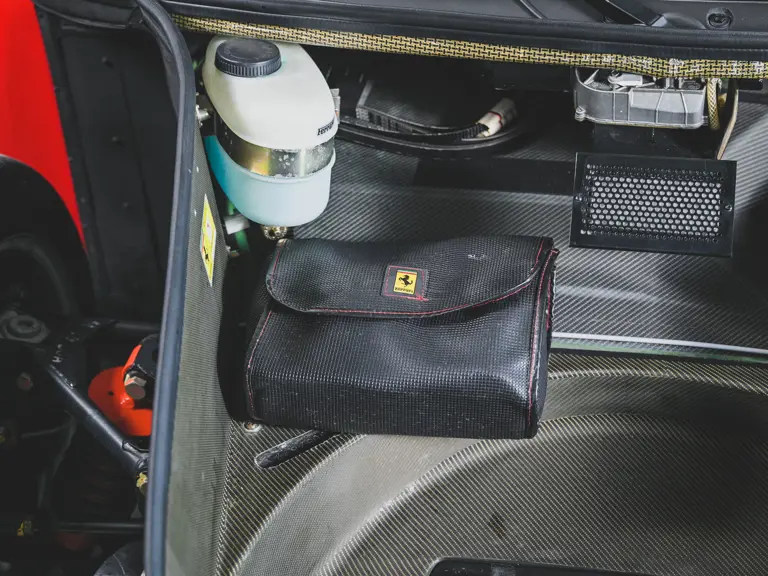

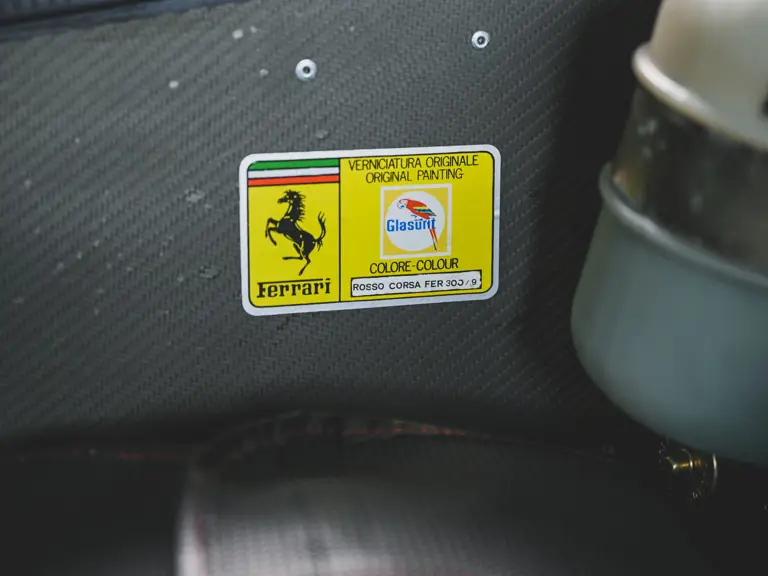

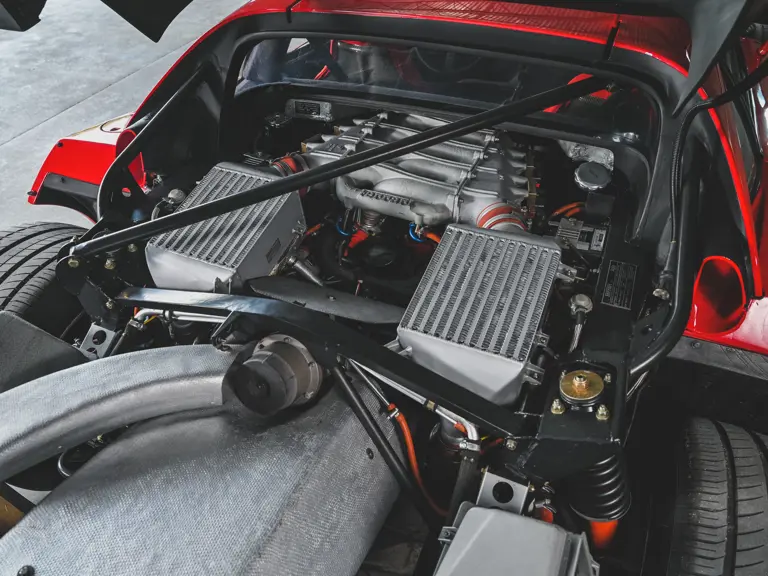
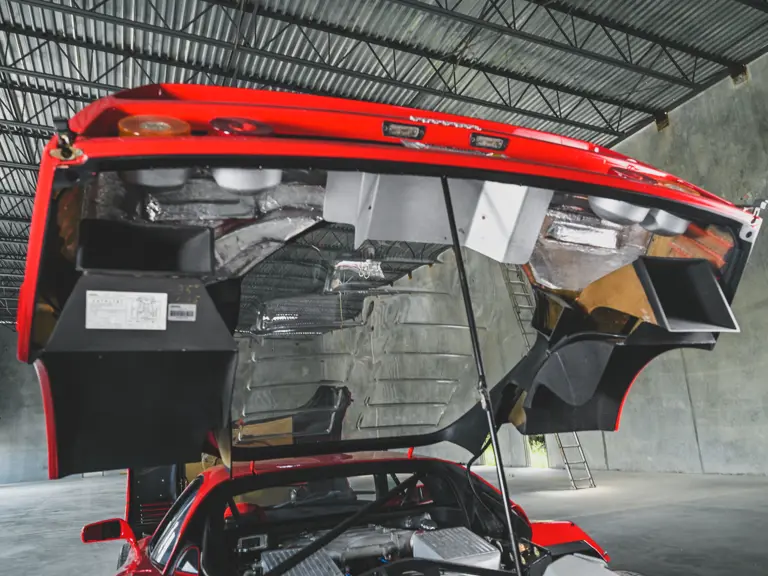

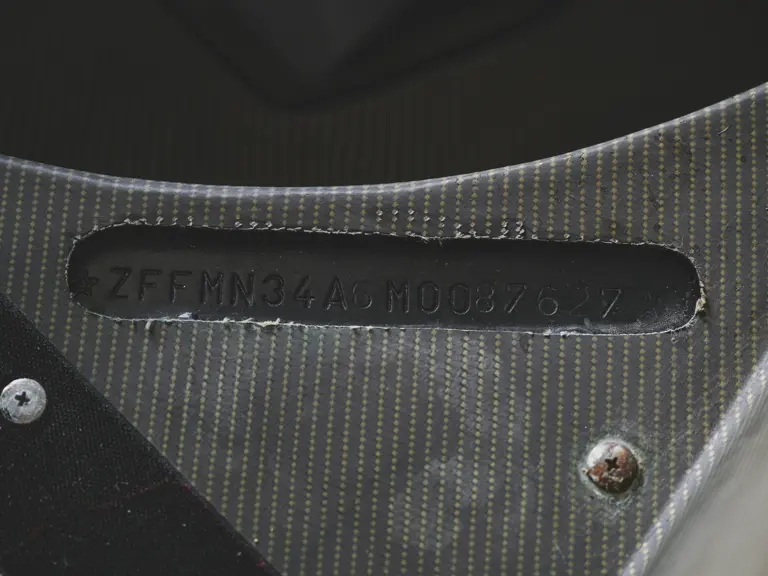

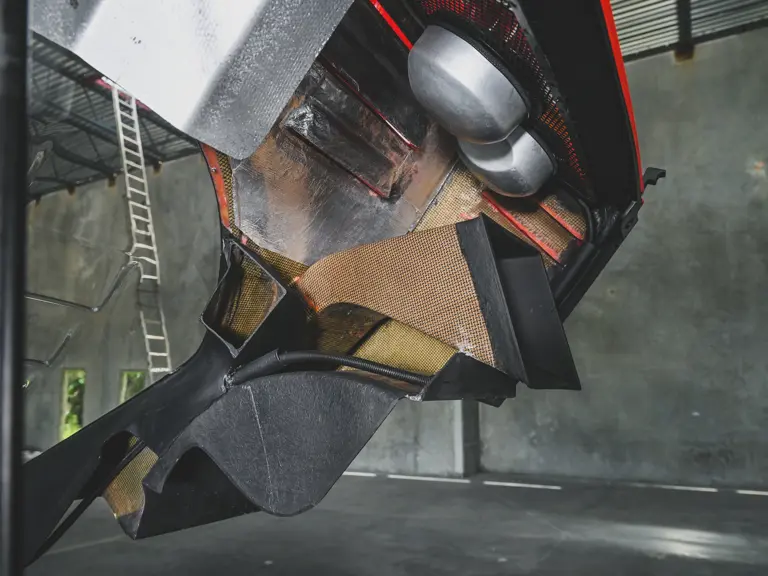
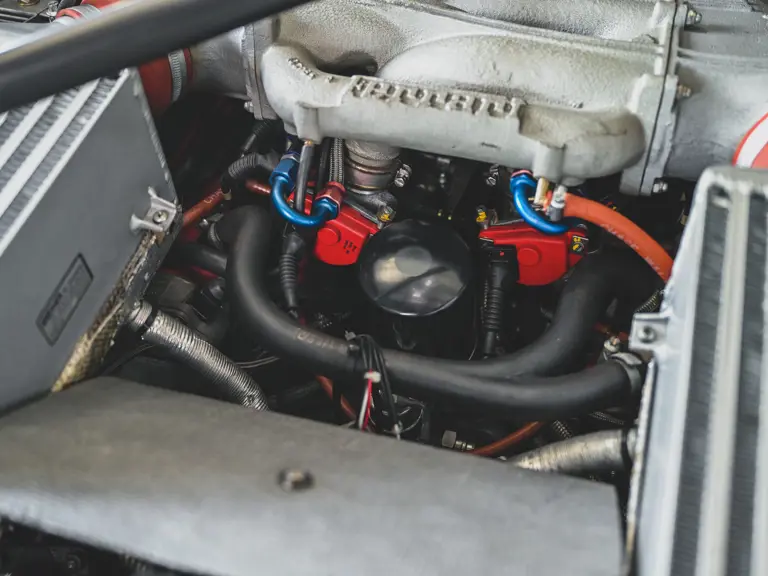
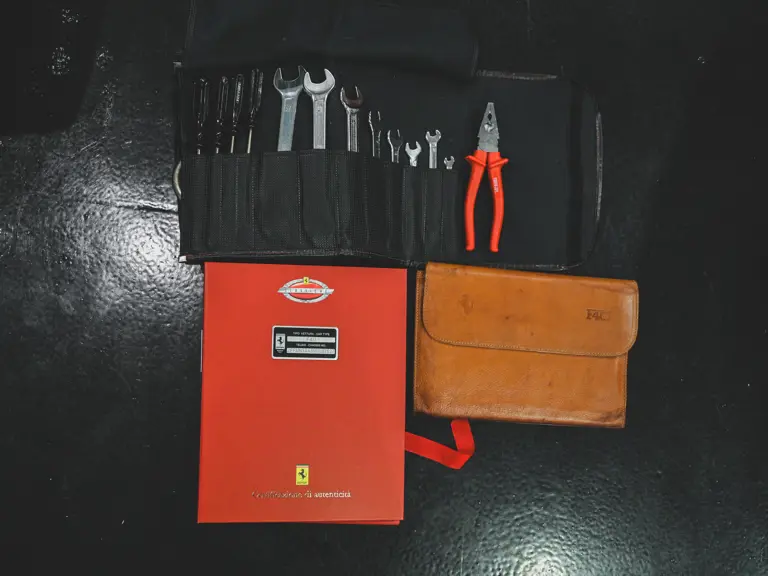


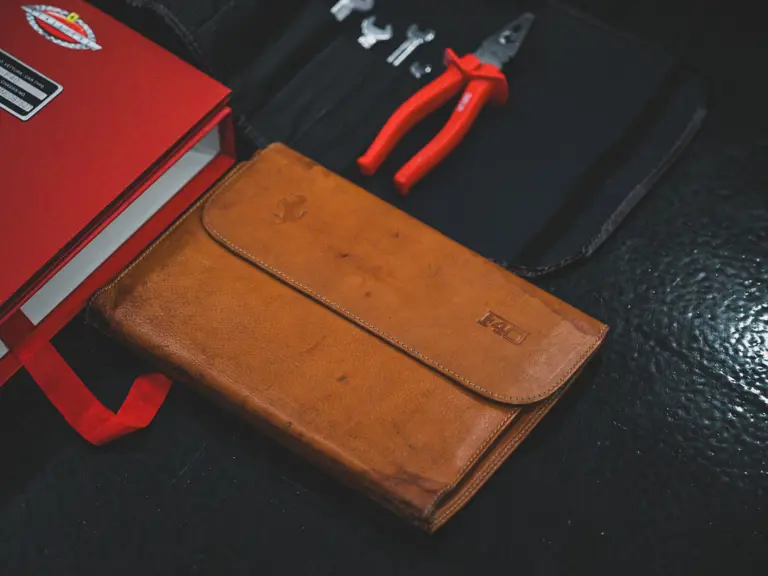
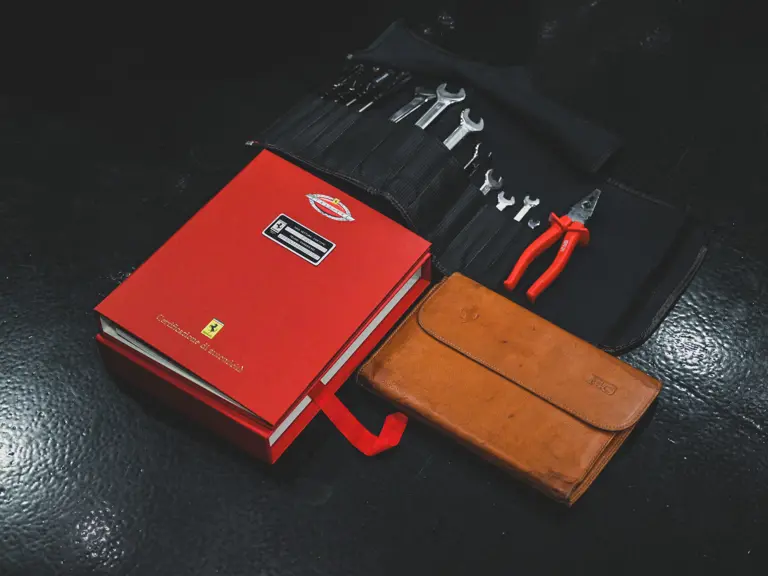
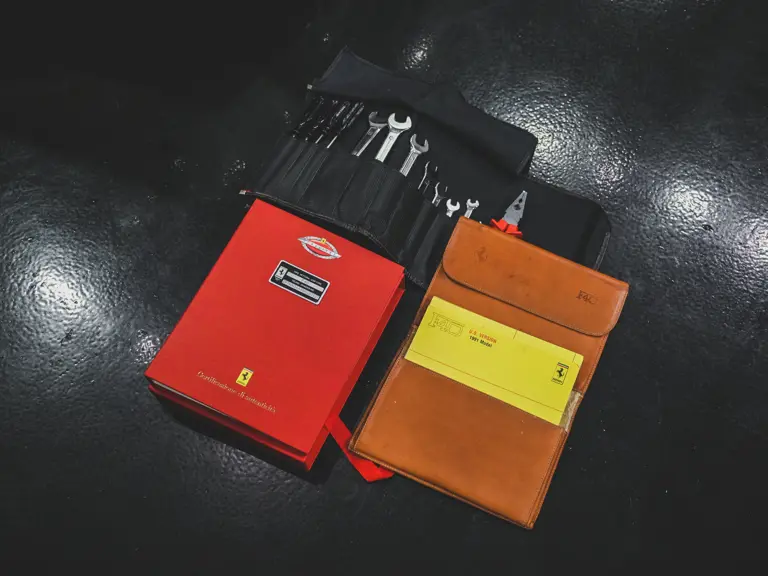
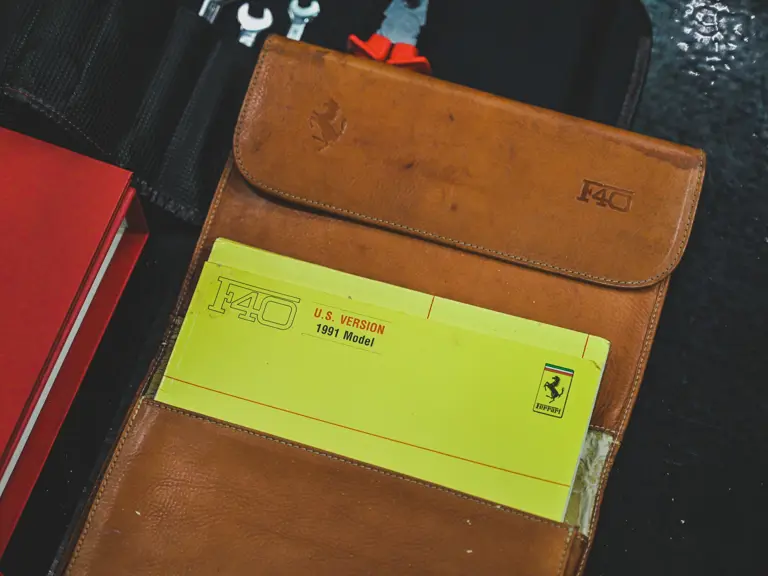
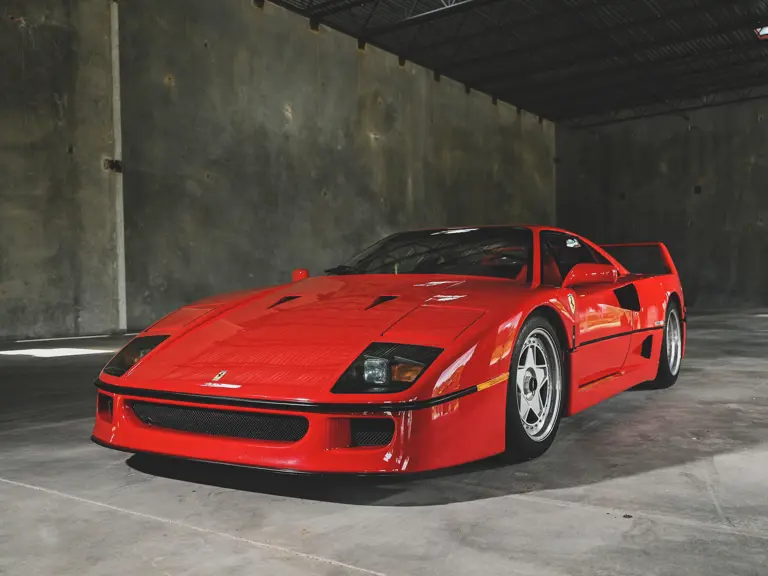
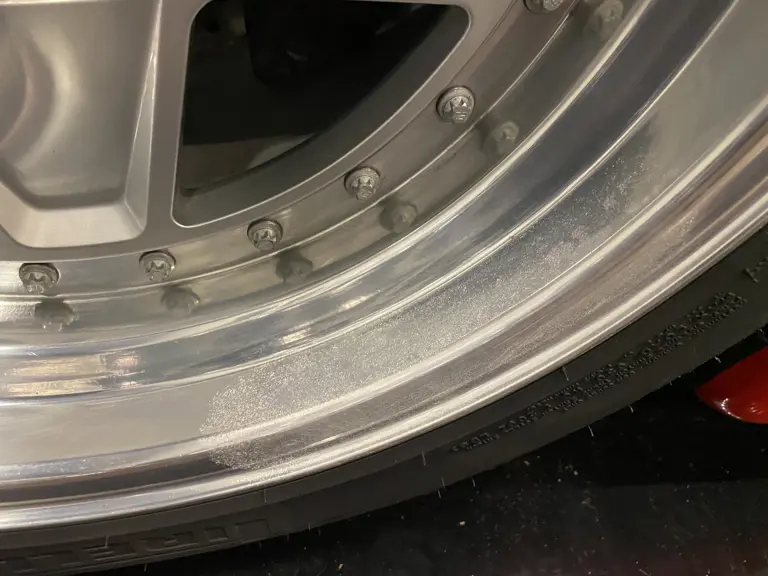
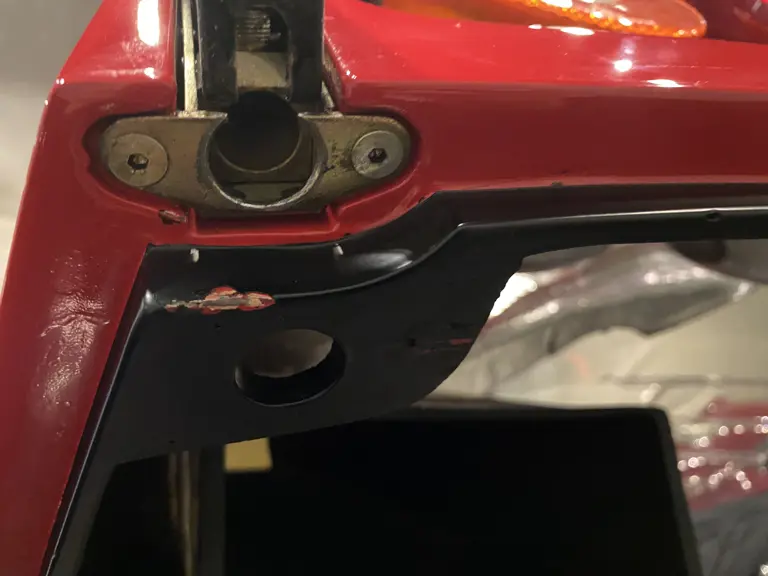




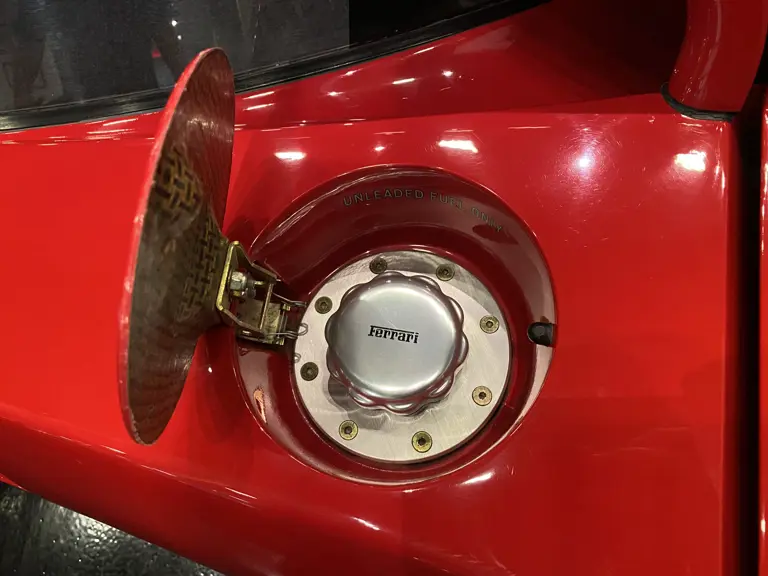

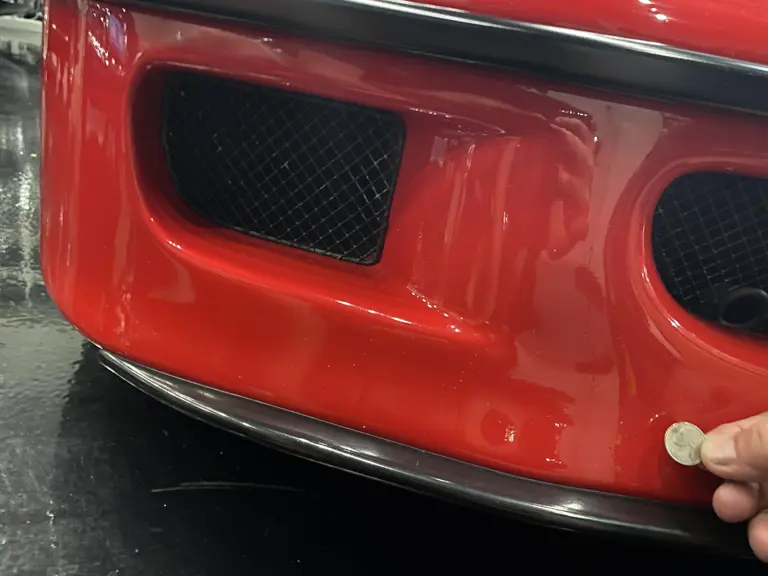
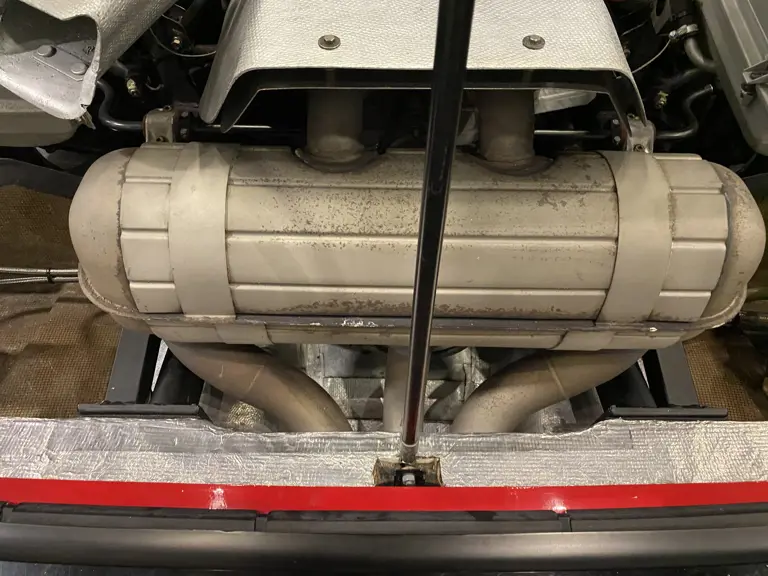

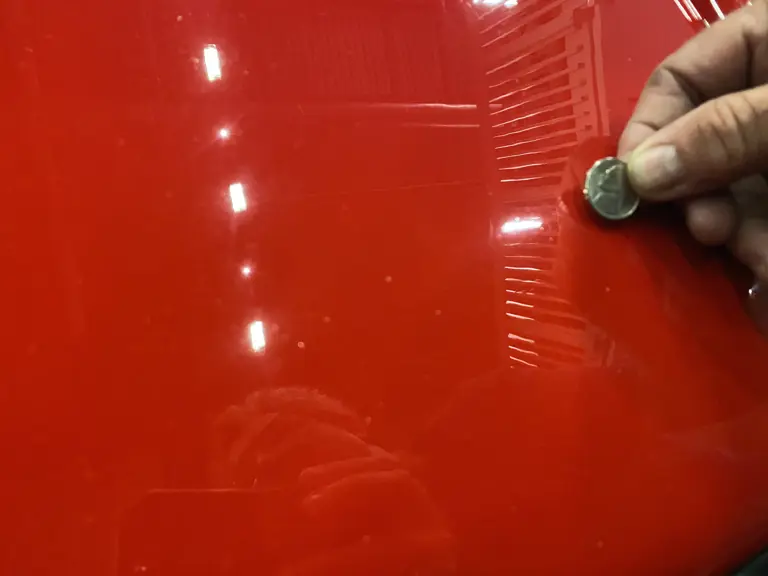
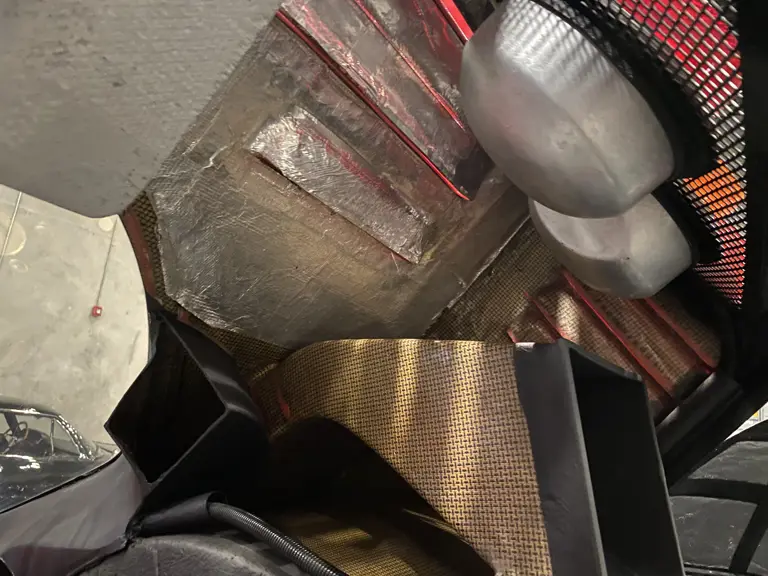
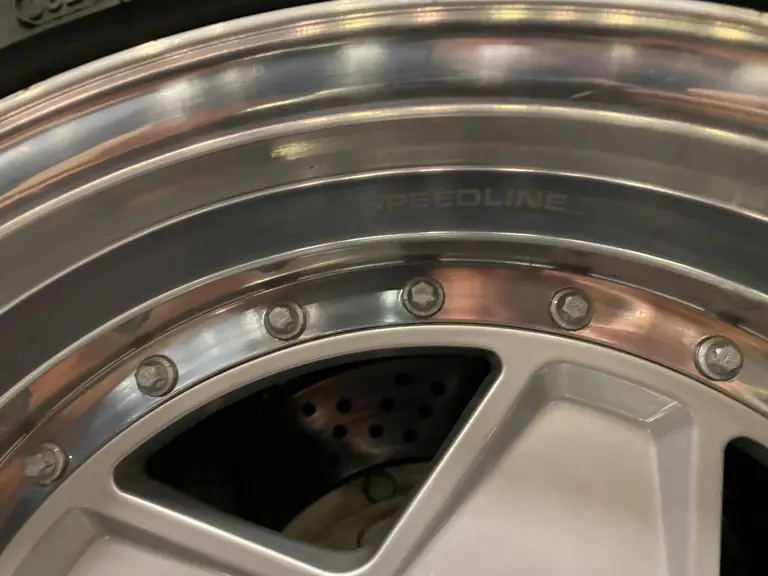

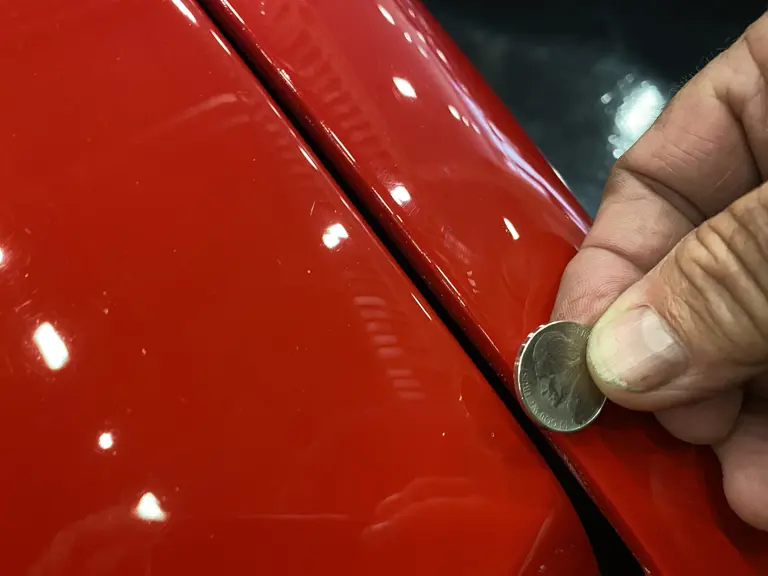





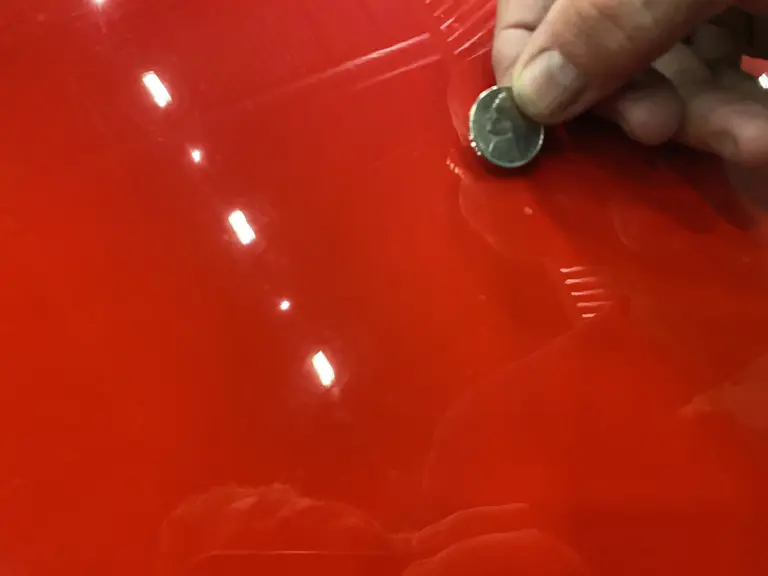
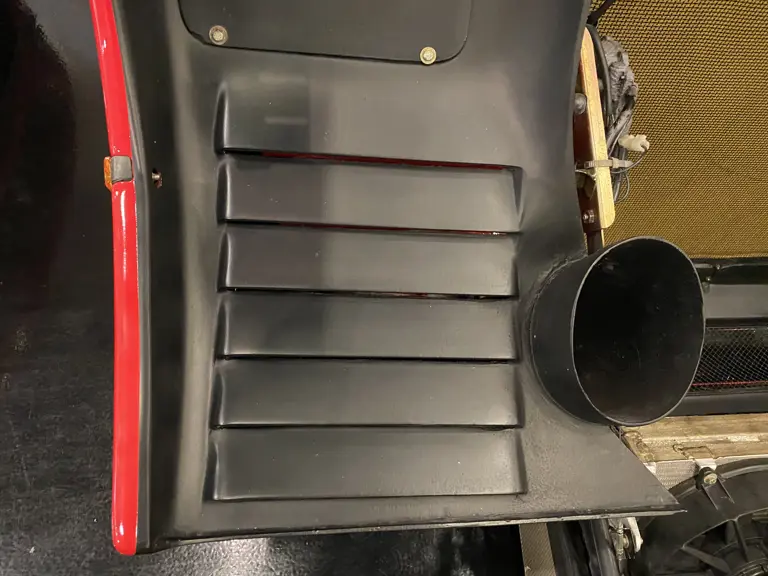
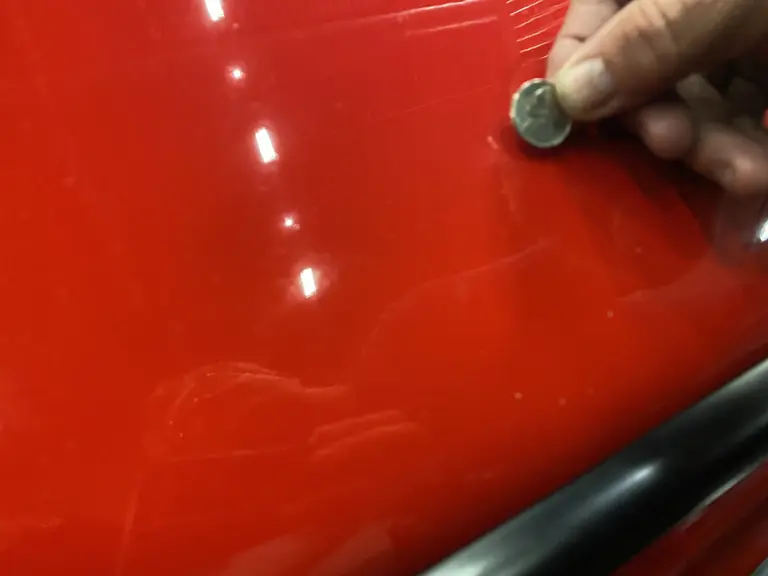
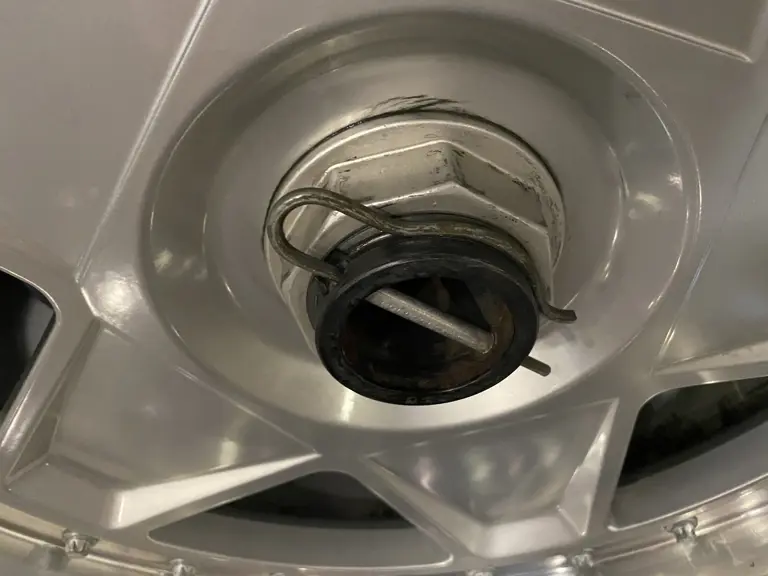
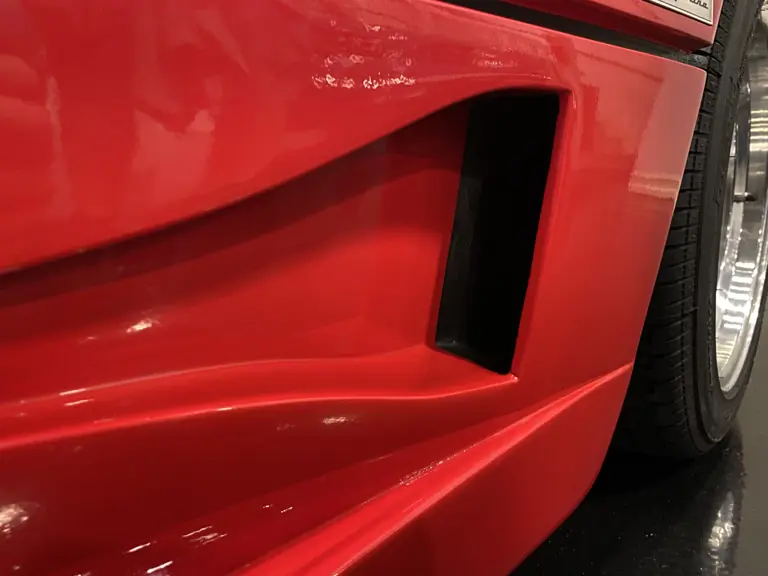
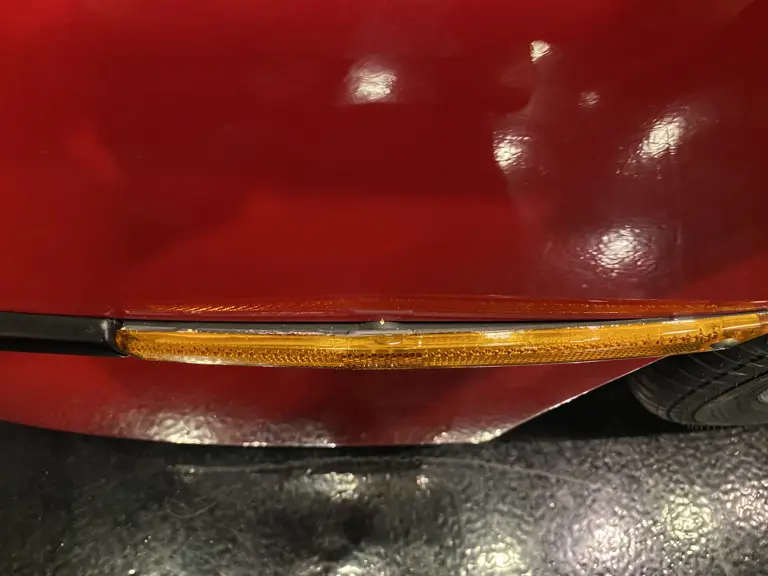
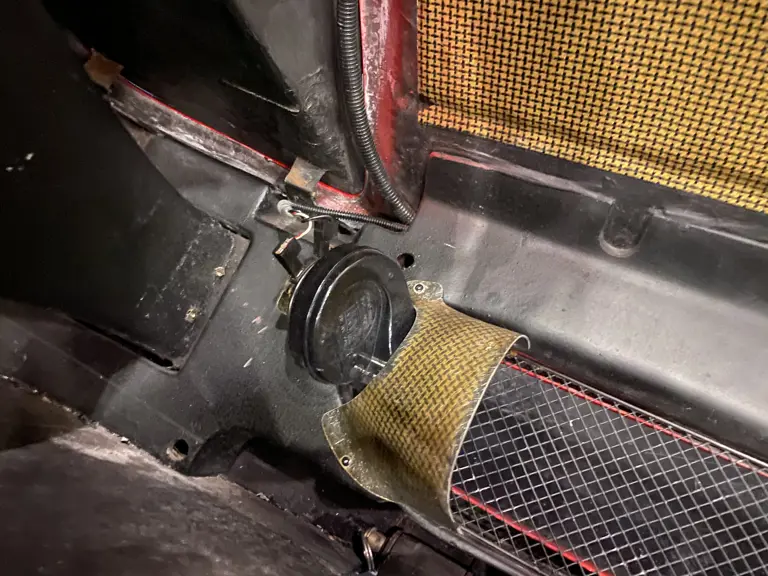
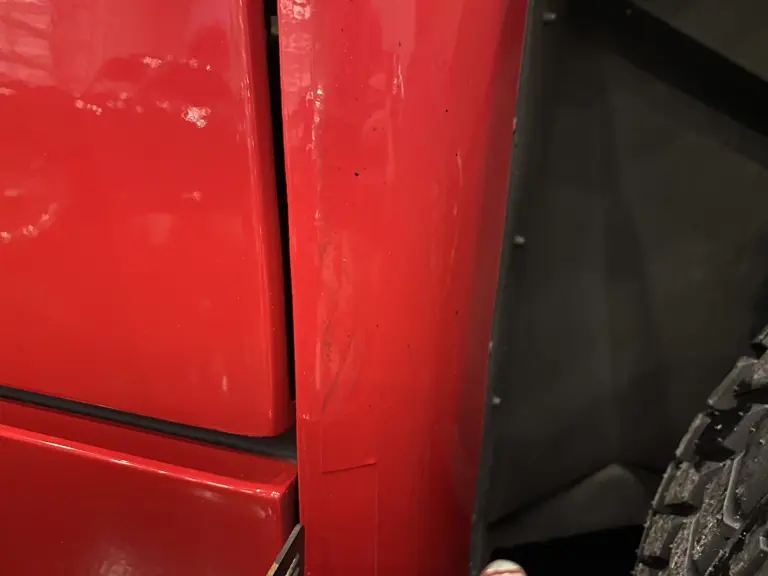

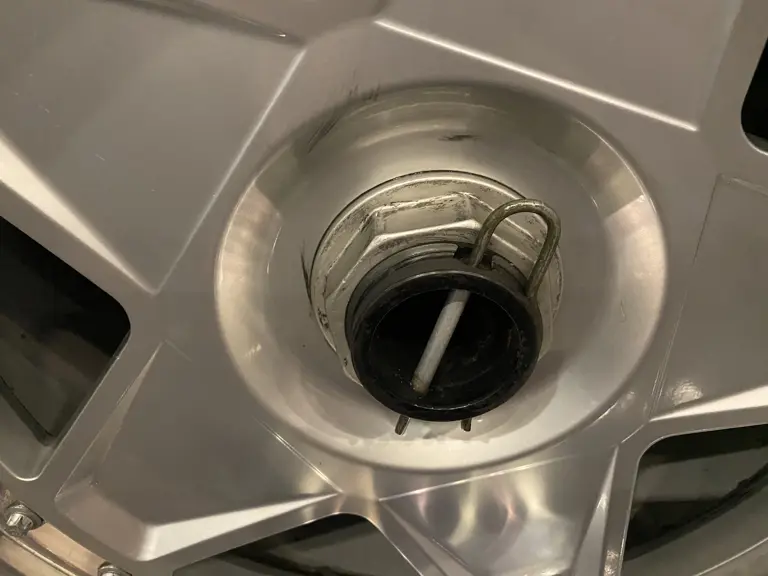
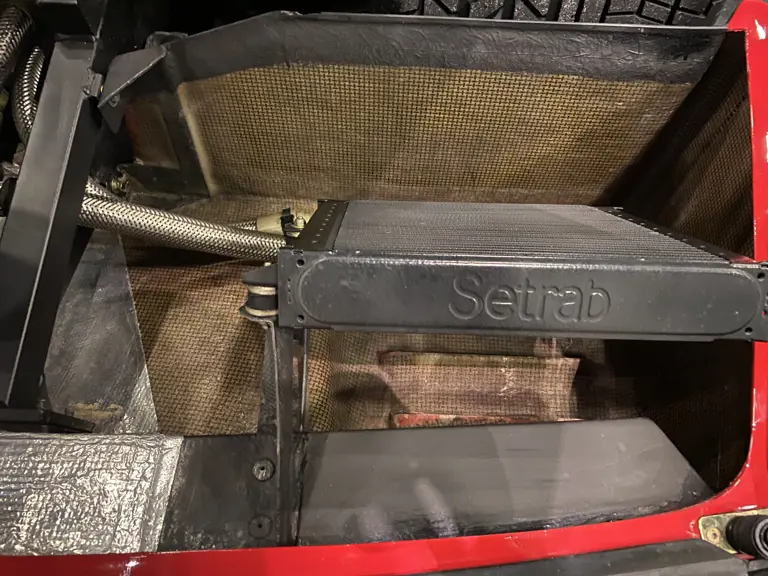
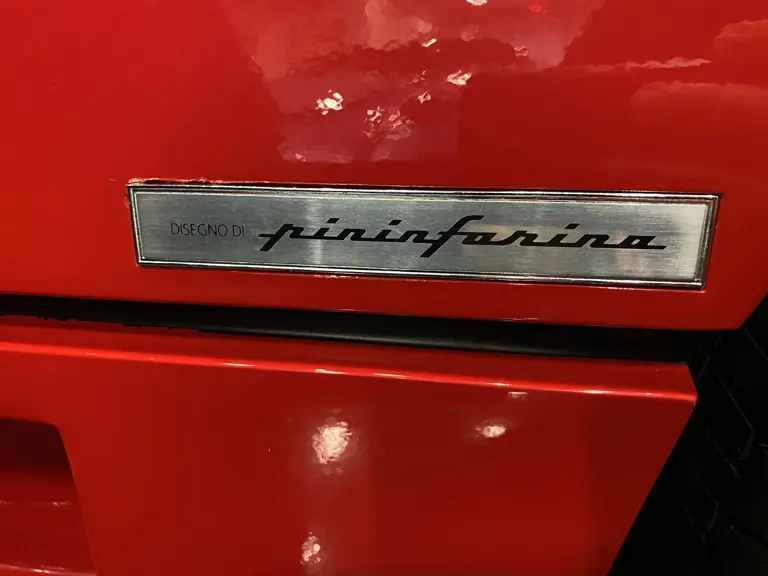
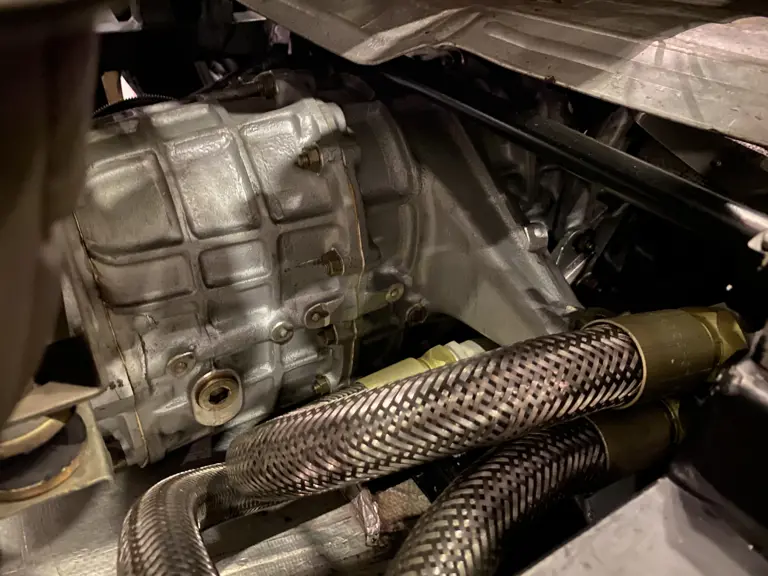
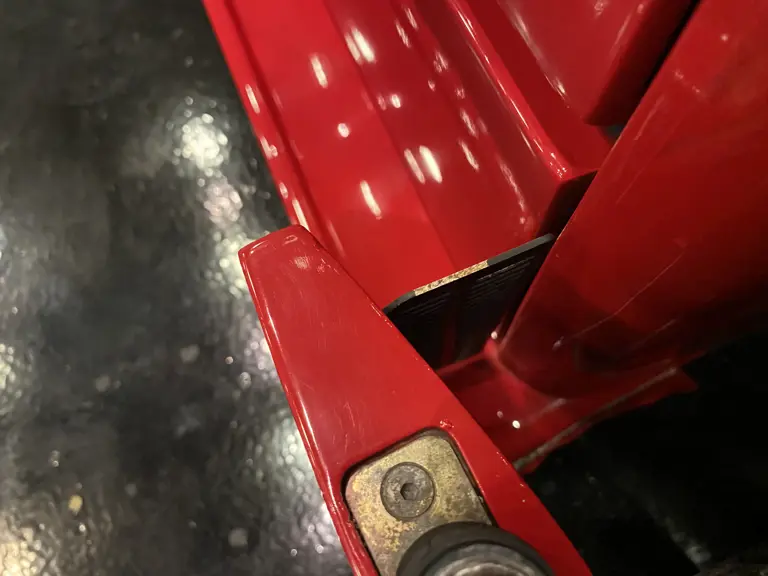


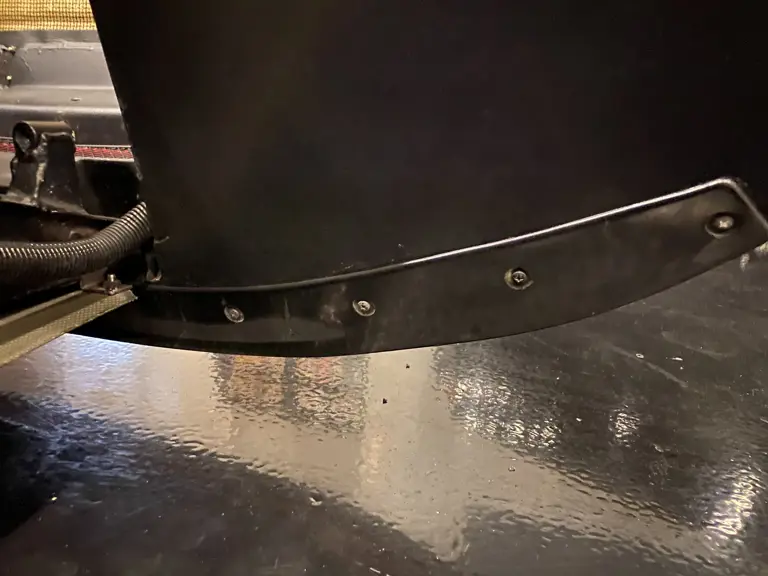

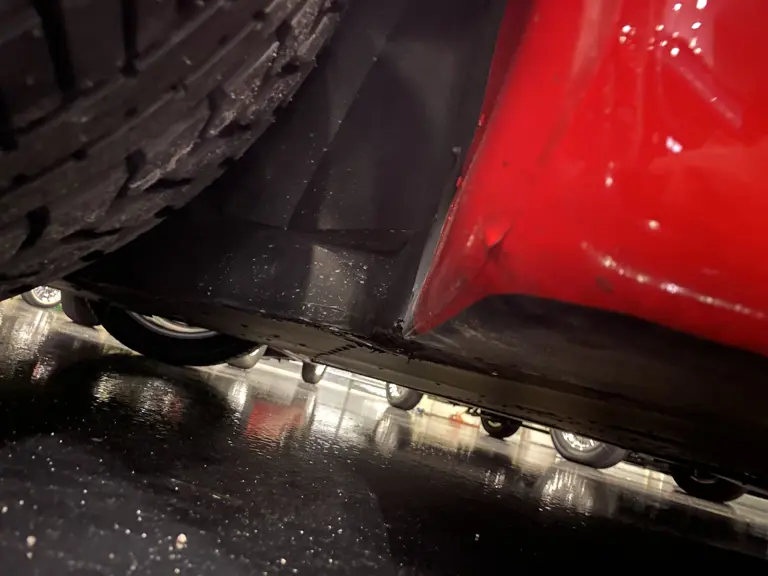

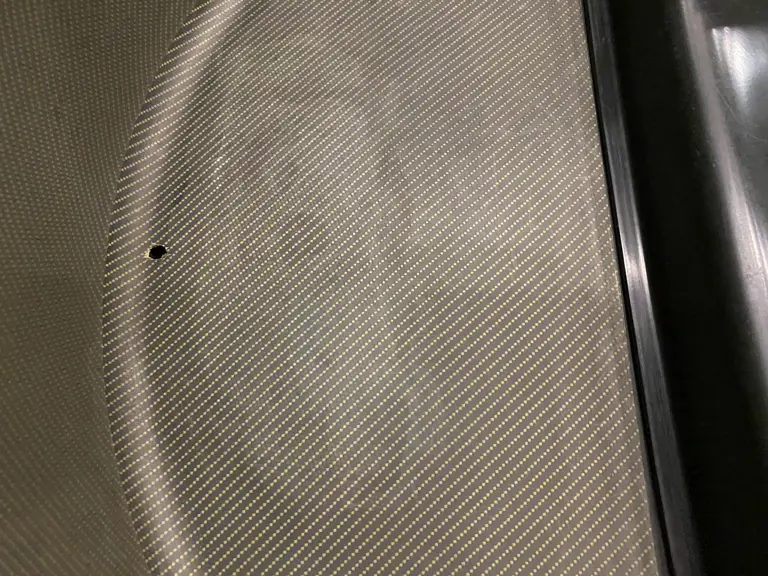
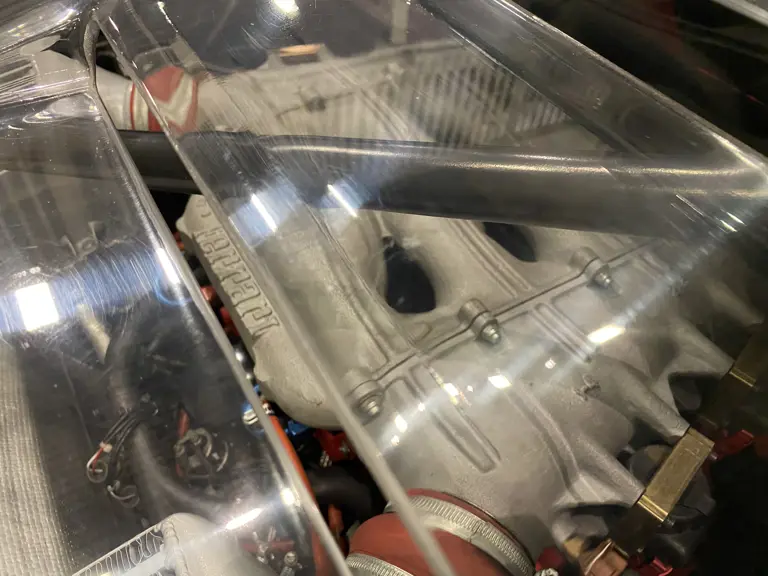

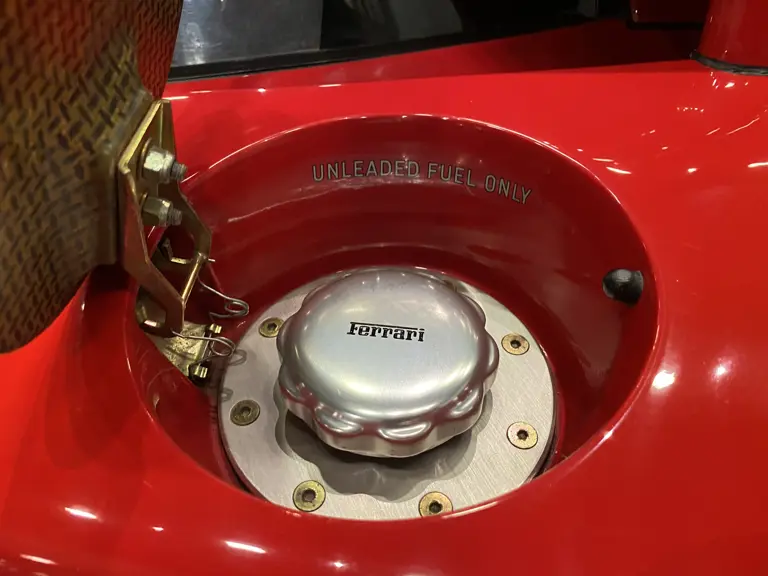
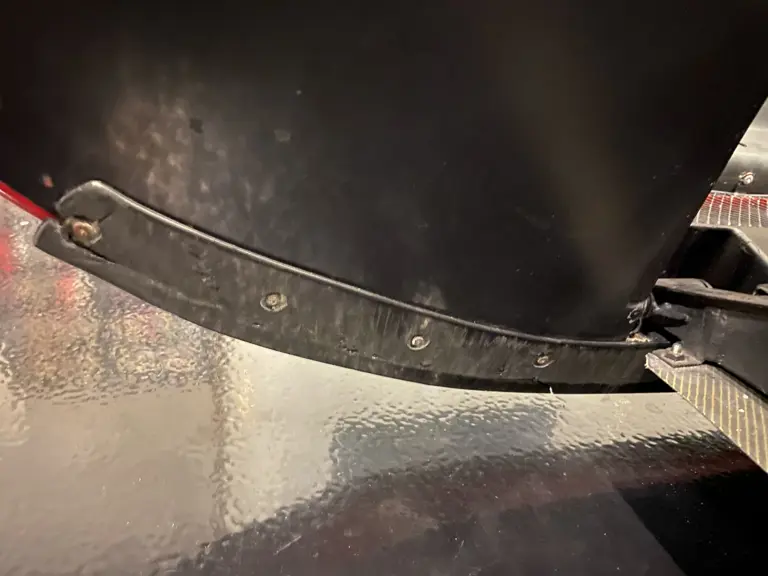

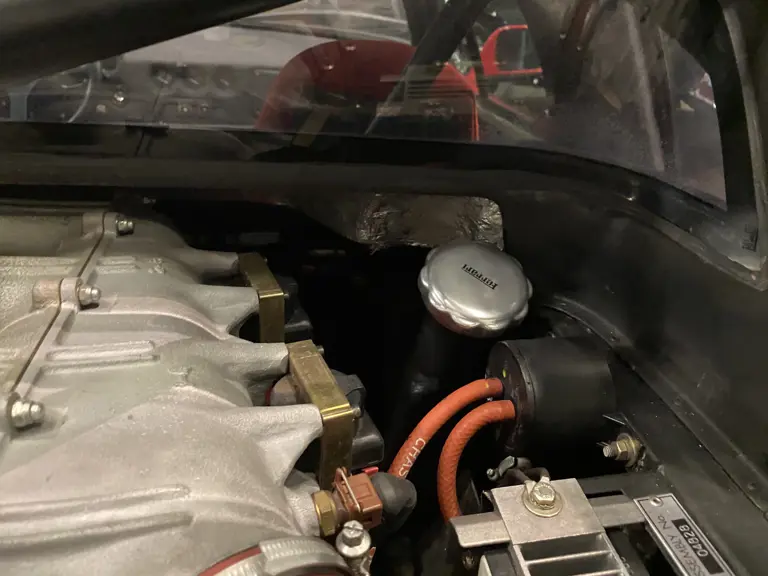
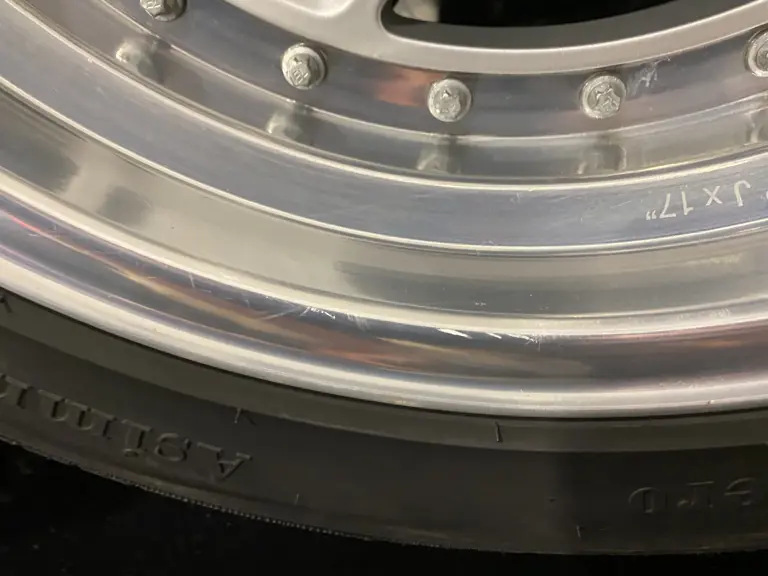
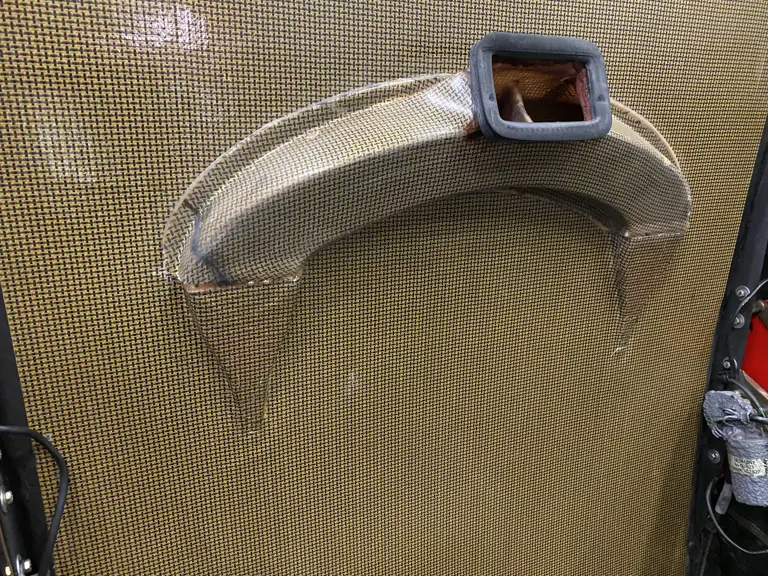





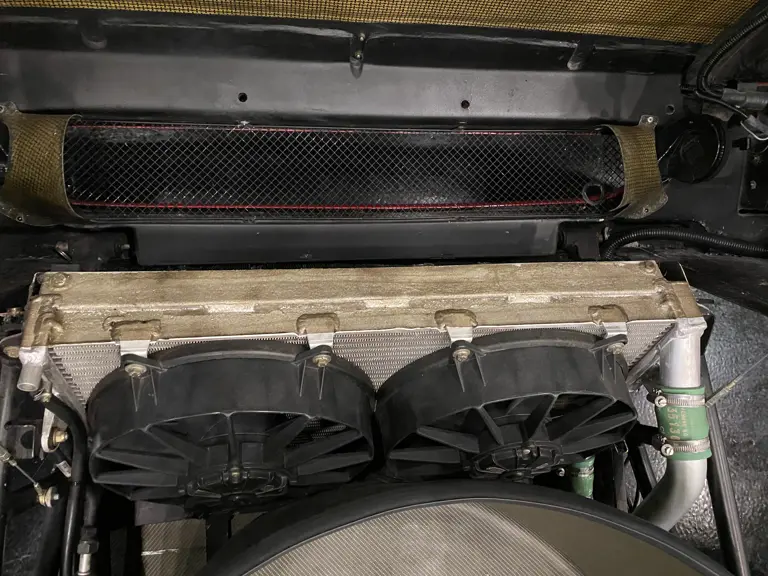
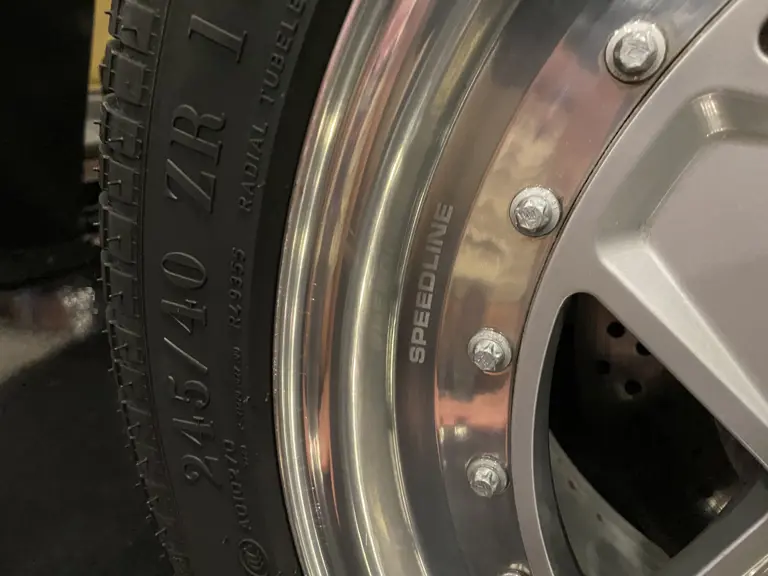
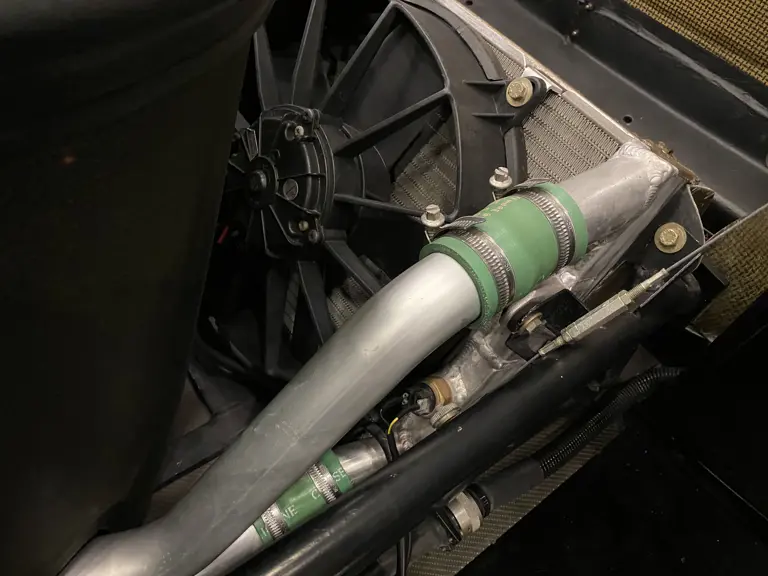

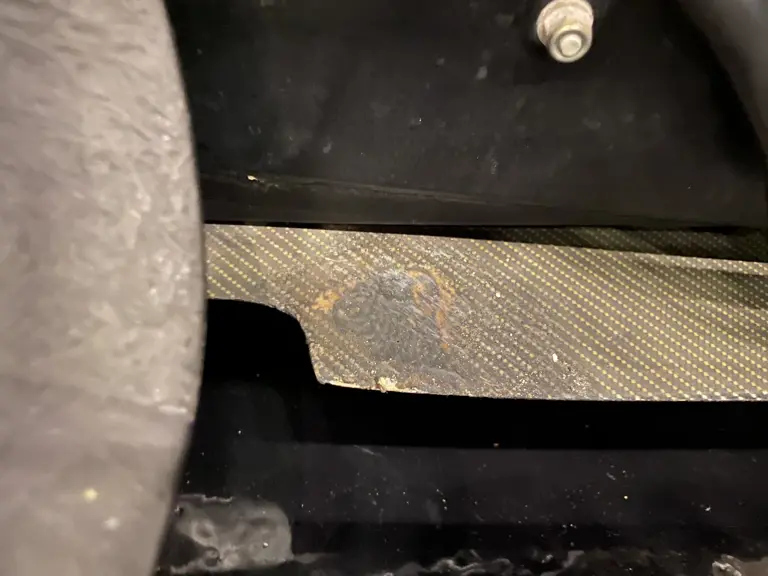
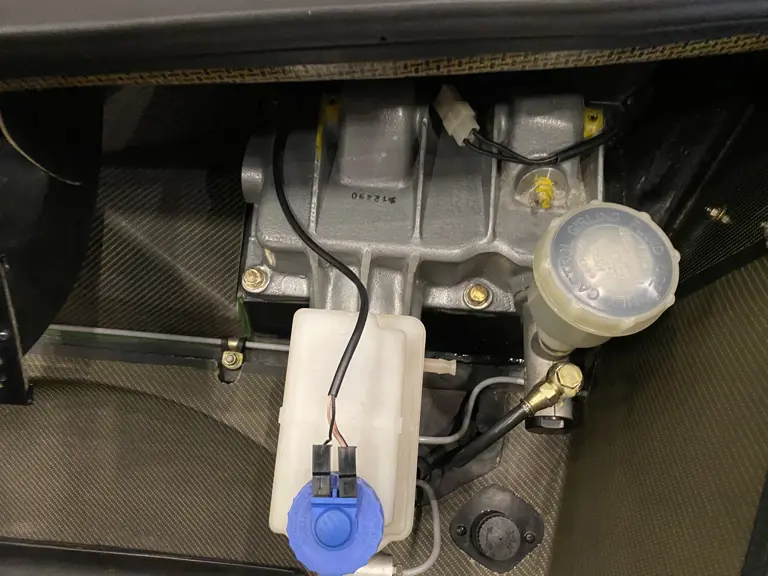
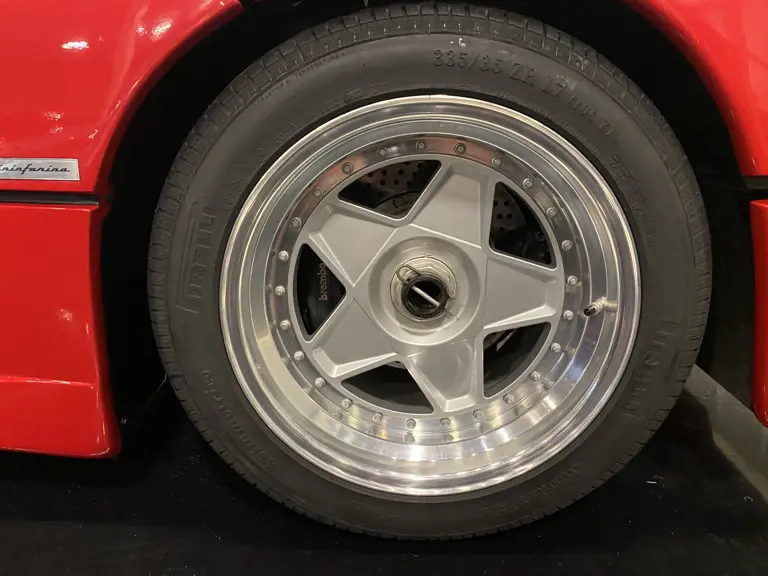
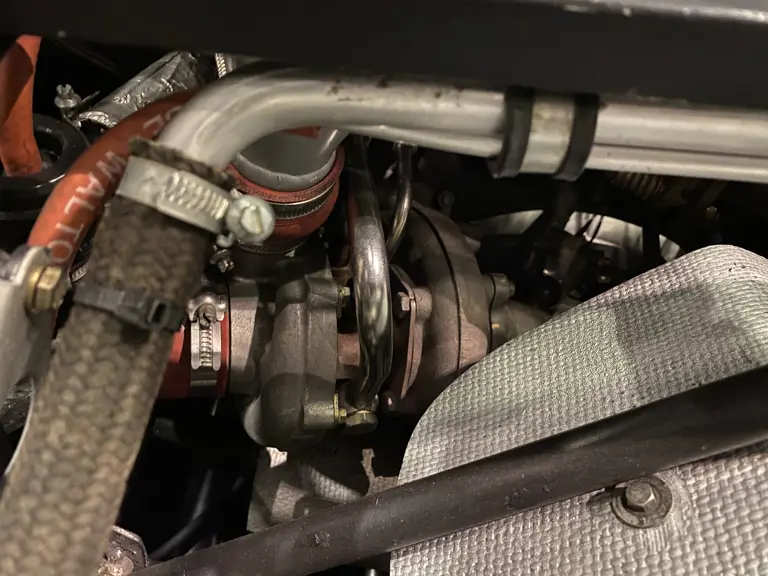
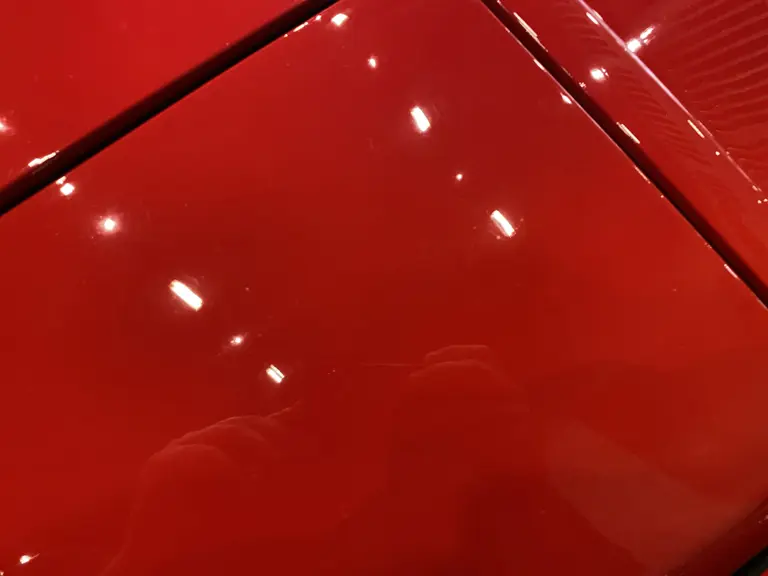
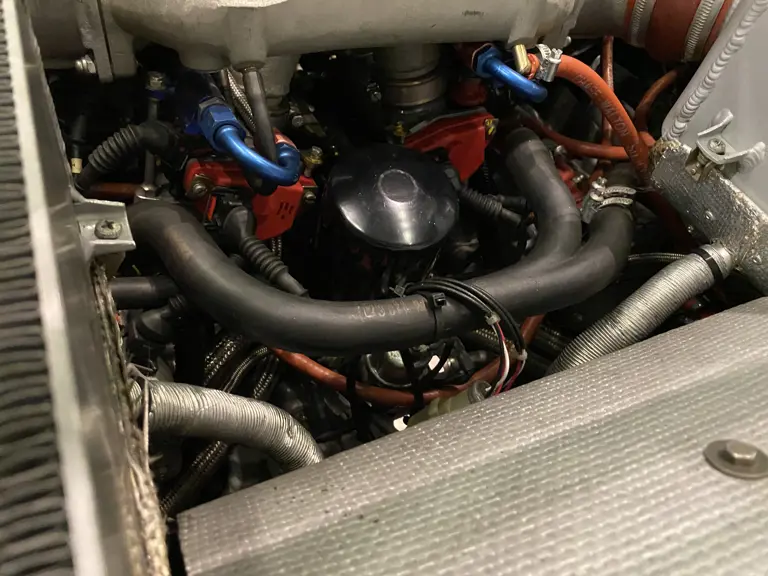

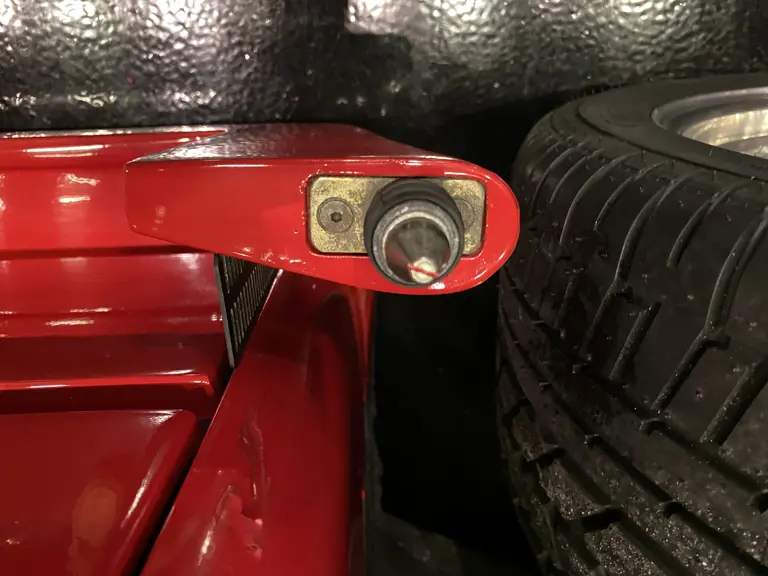


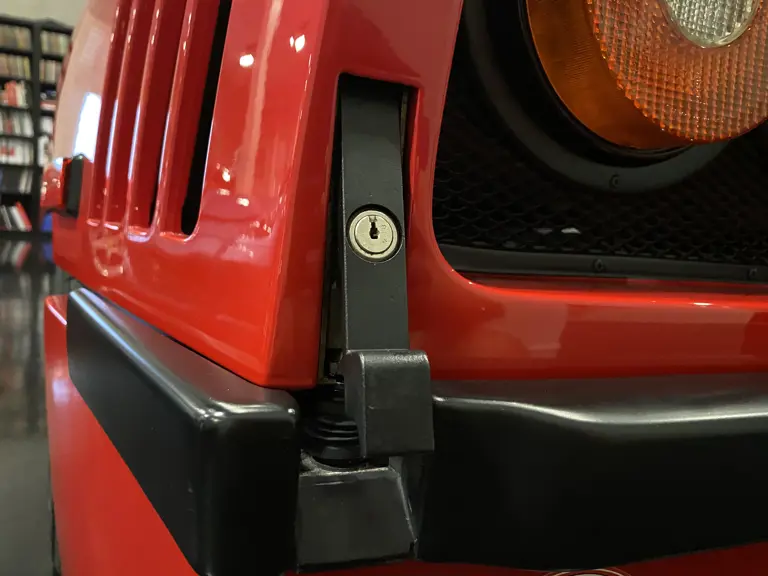
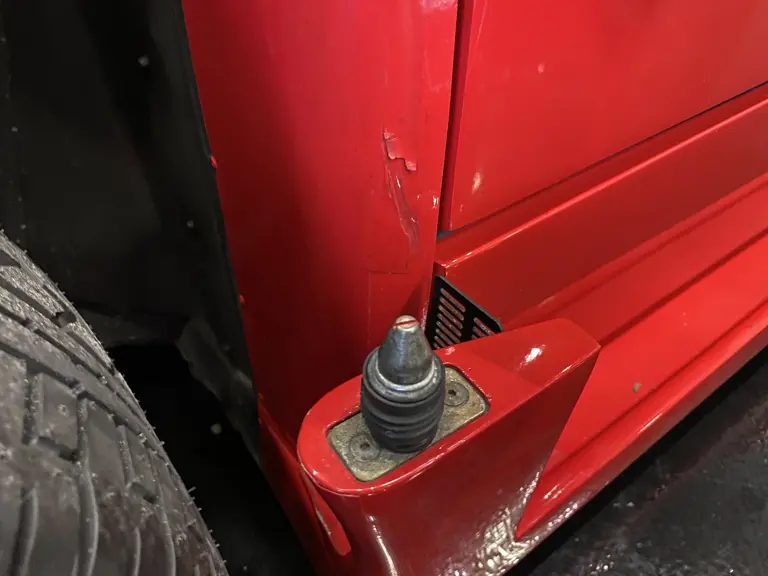

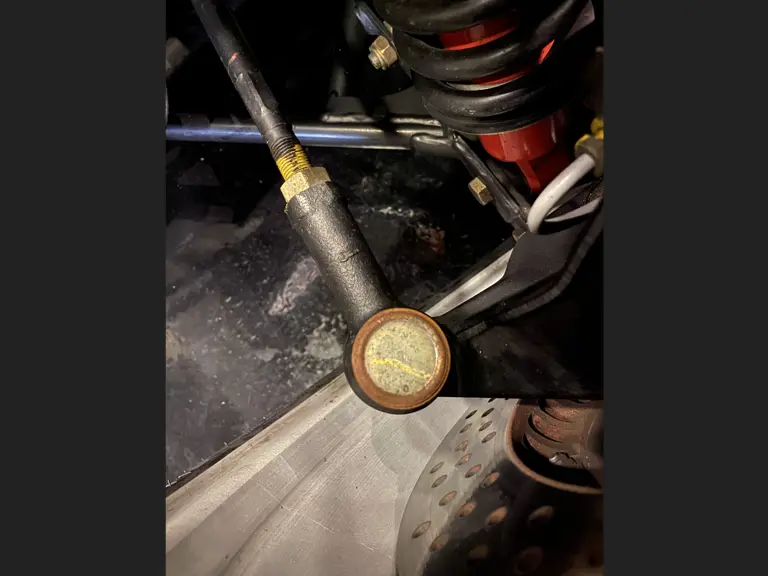
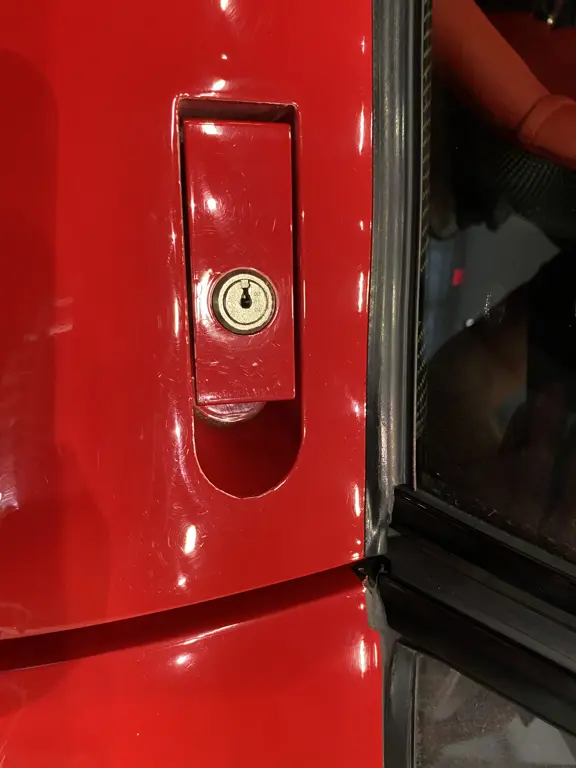



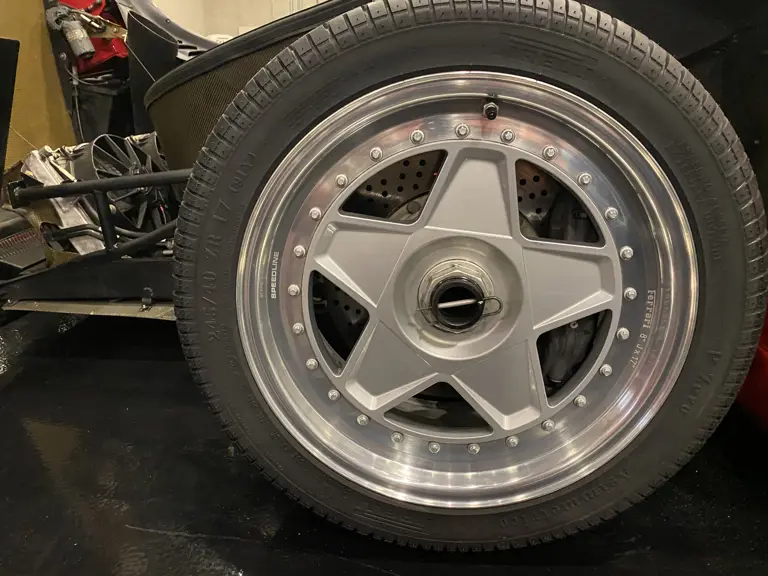

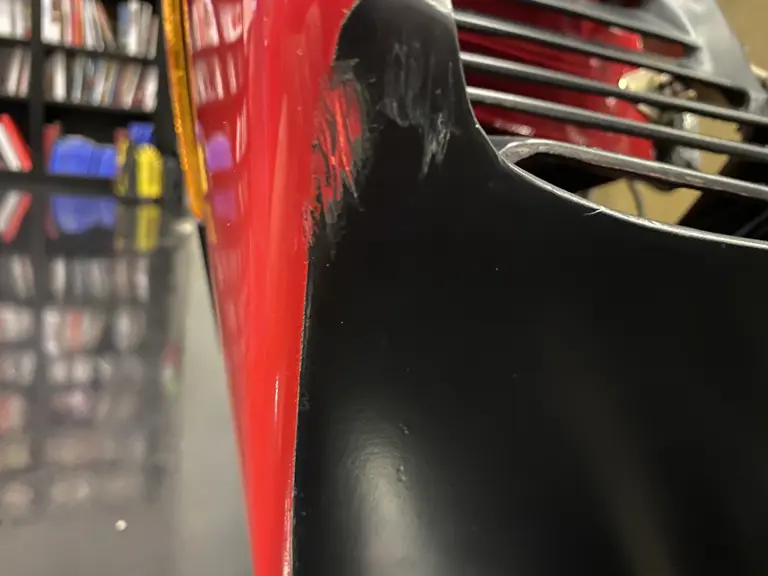

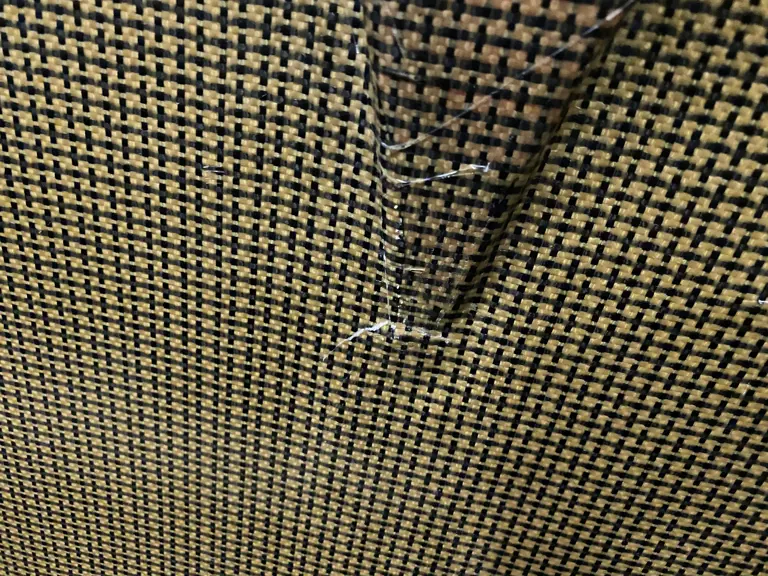
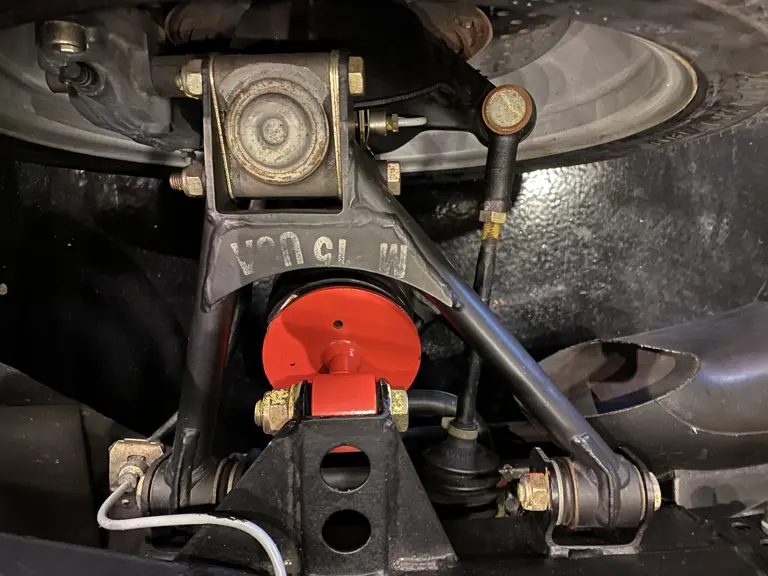
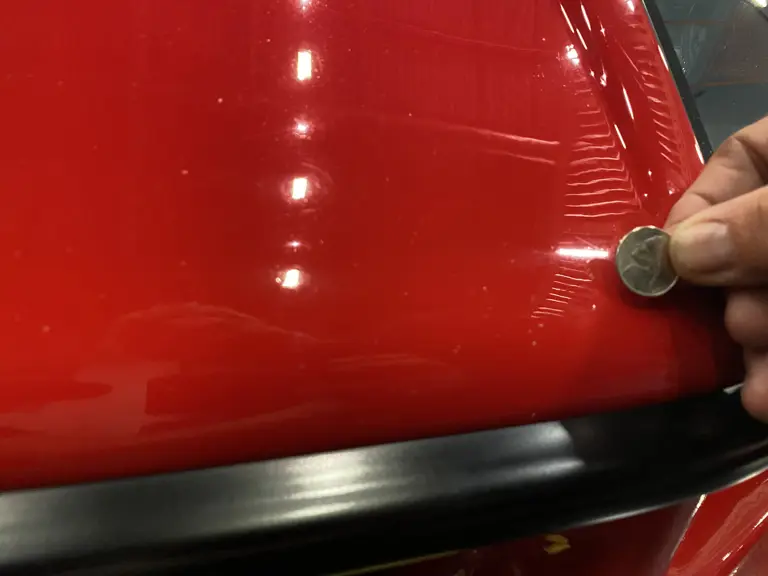
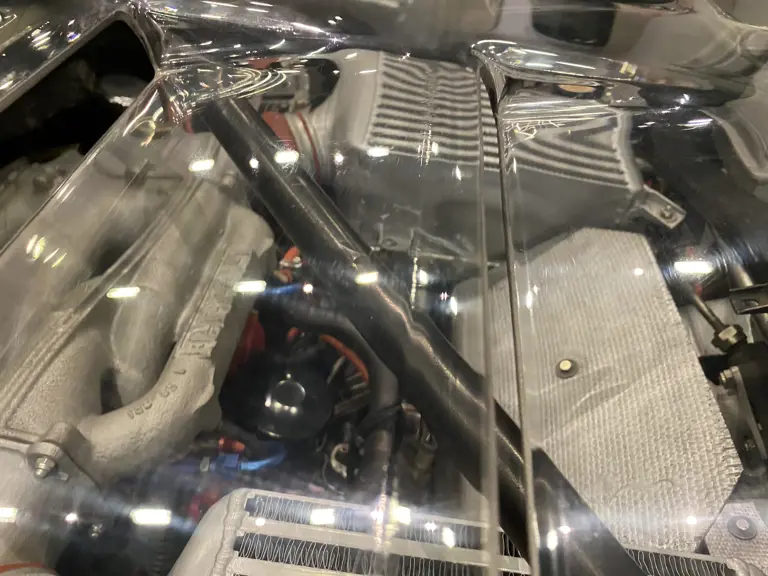
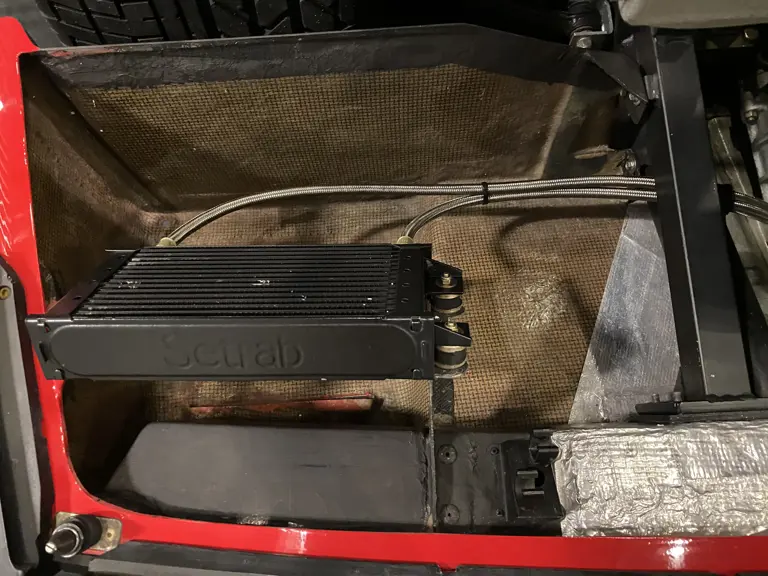
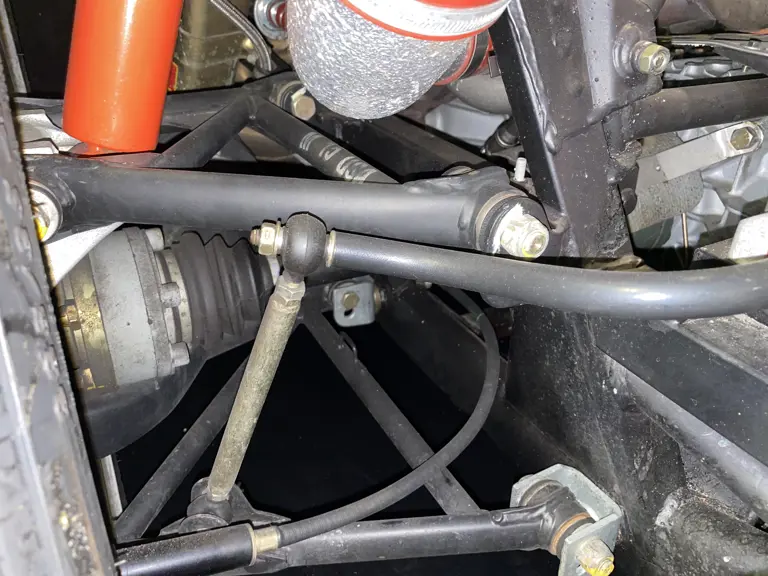

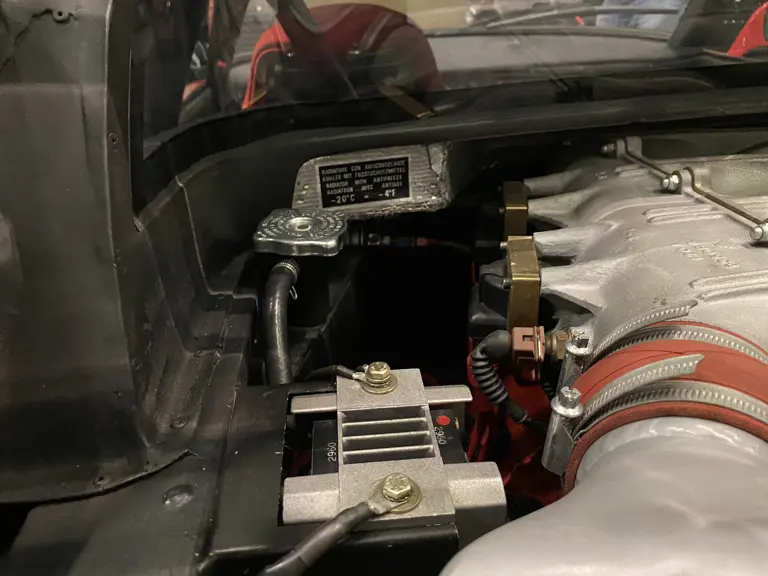
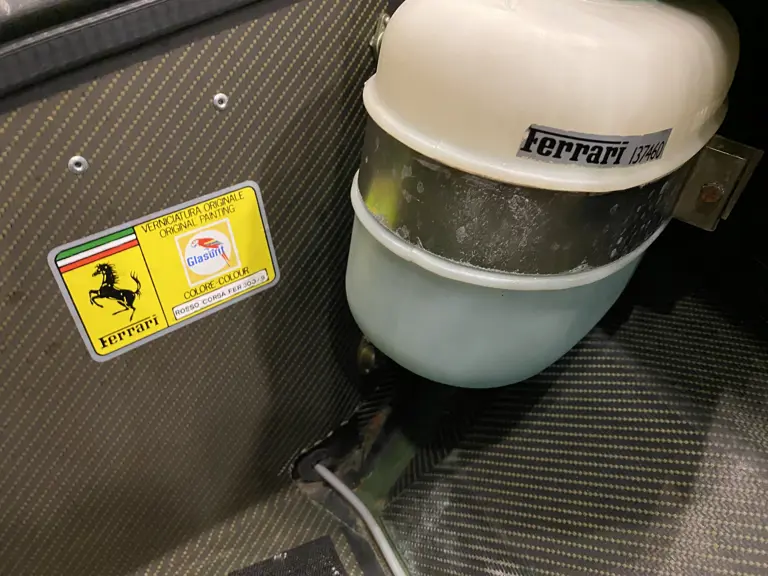
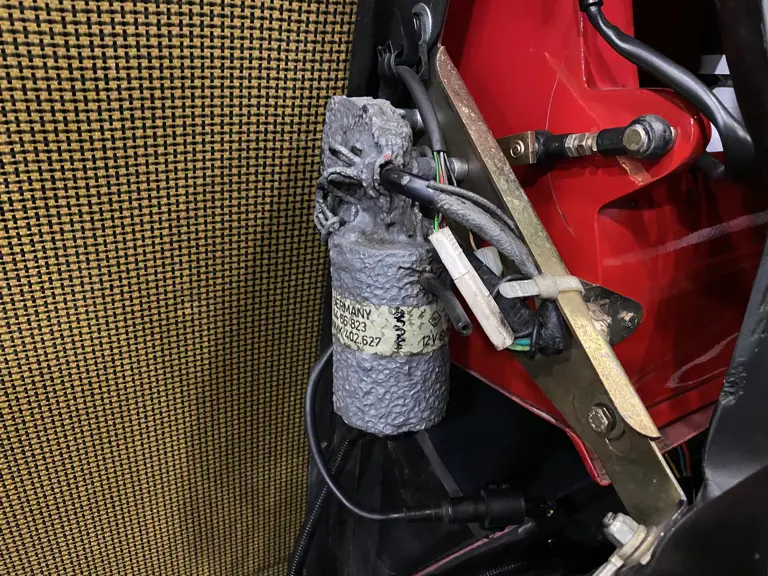
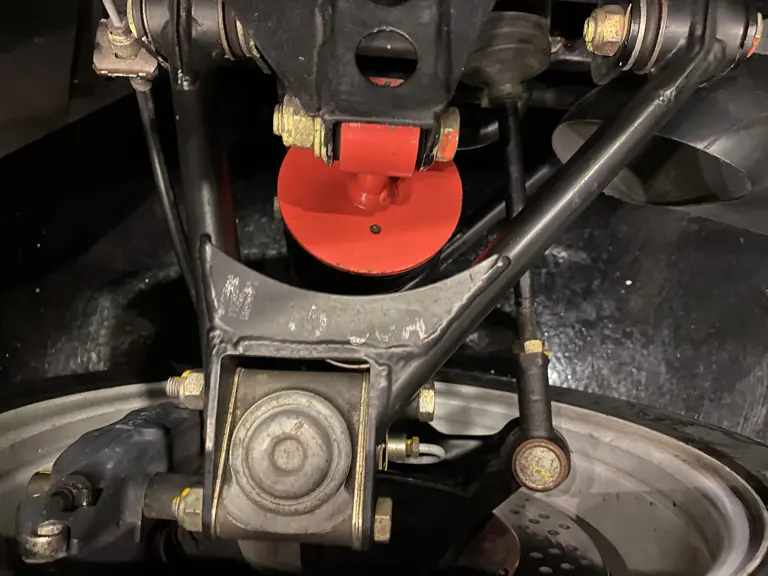






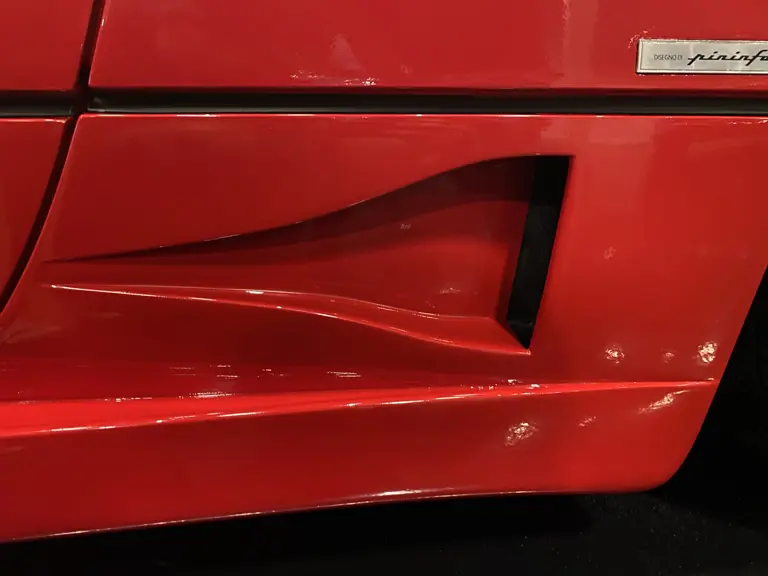
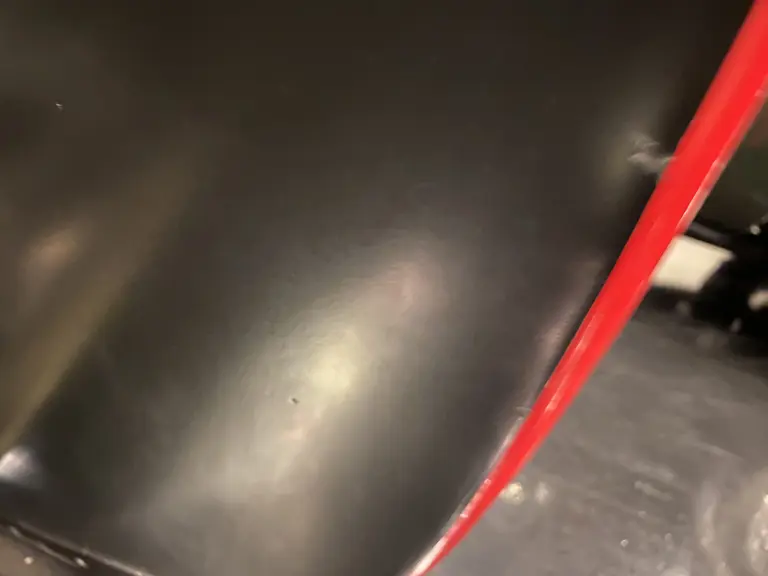


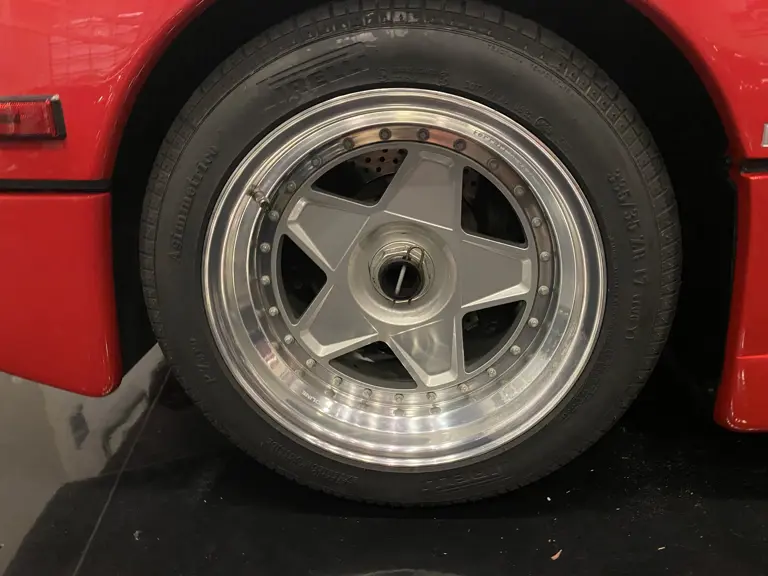


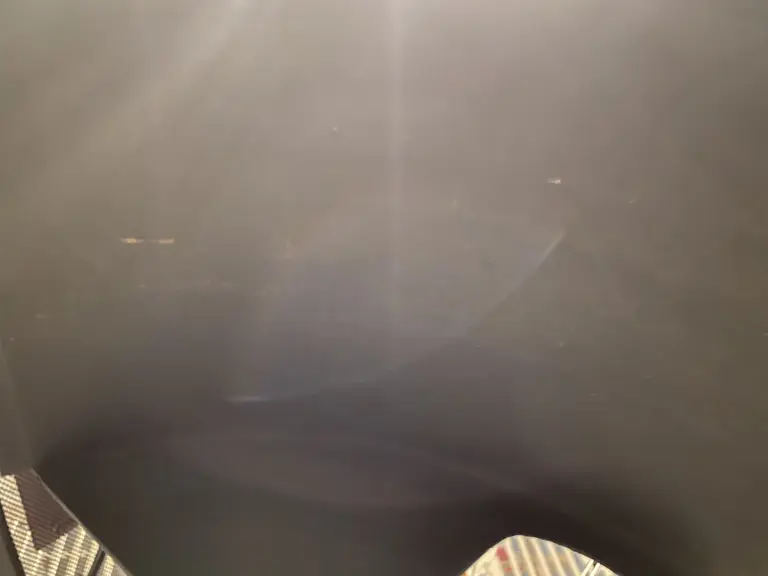
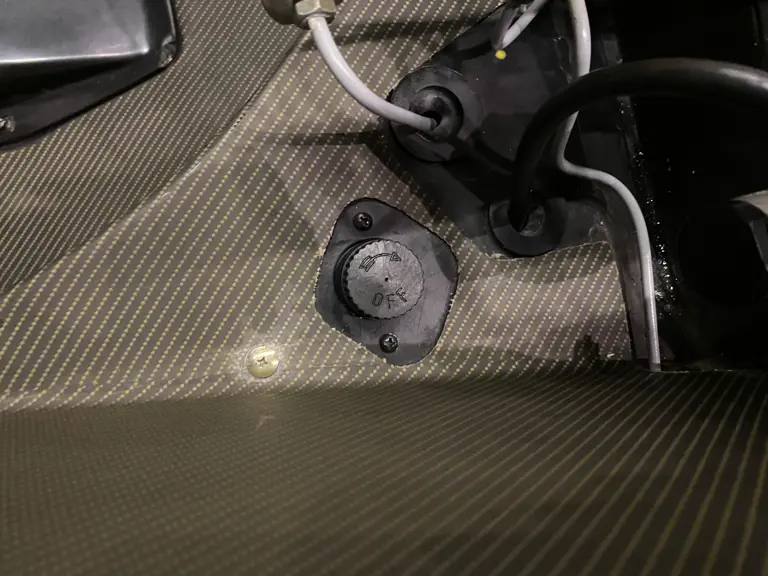
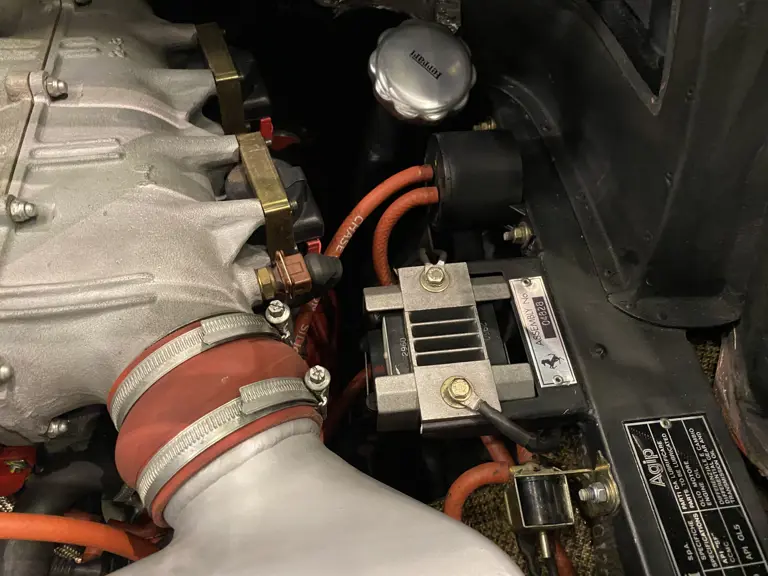
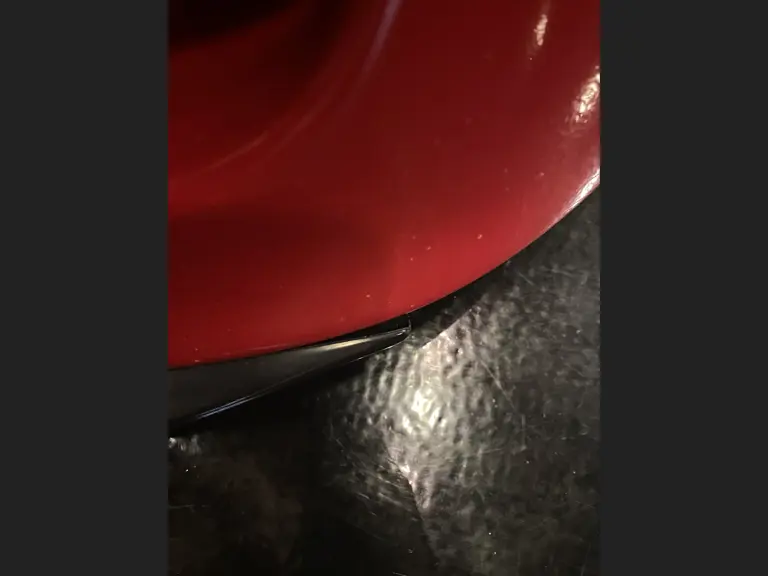
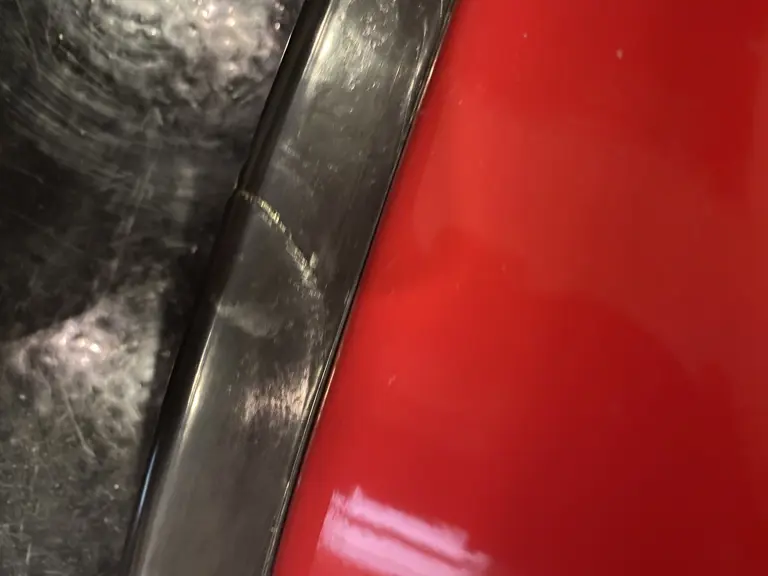
 | Stuart, Florida
| Stuart, Florida
